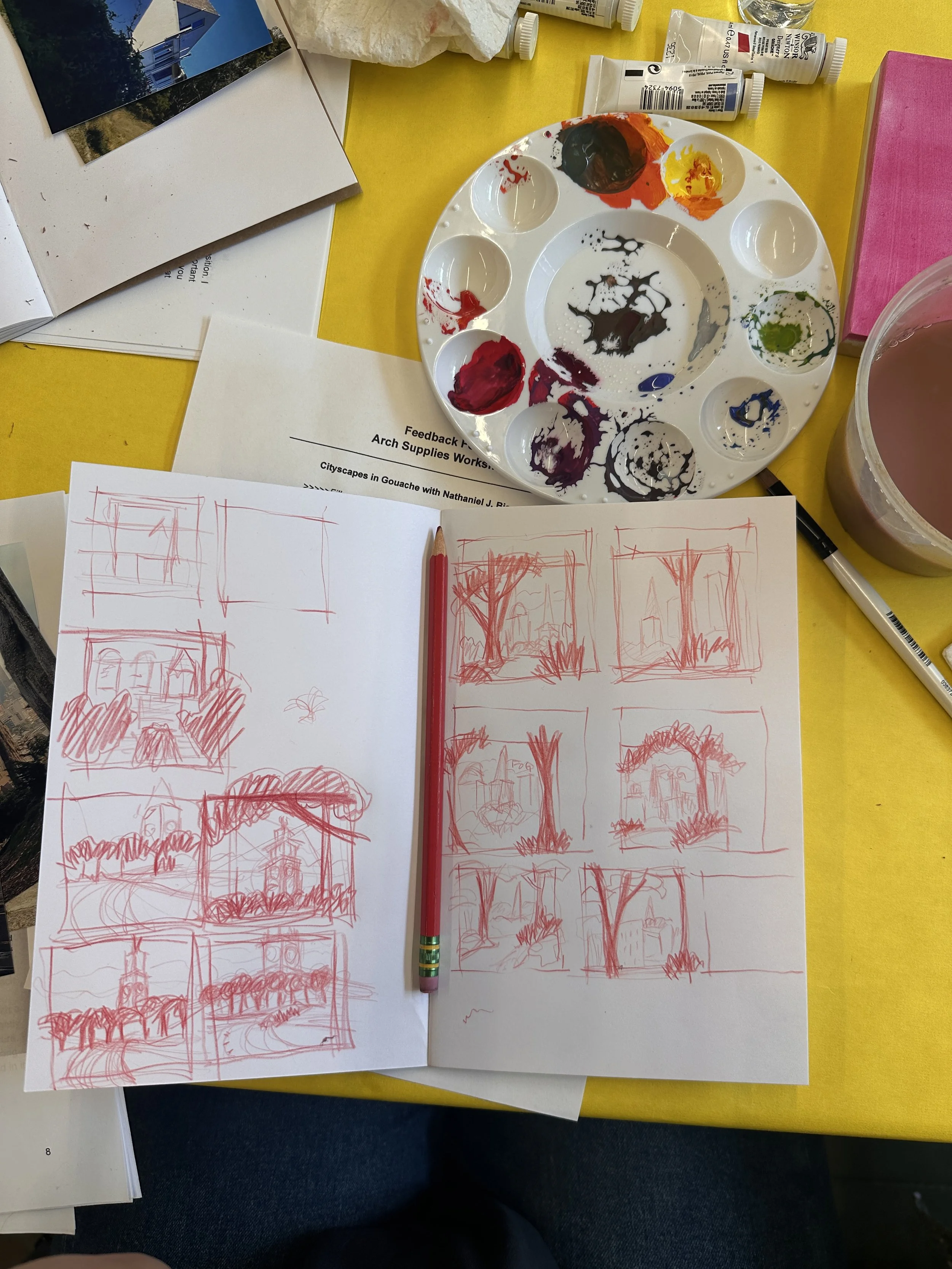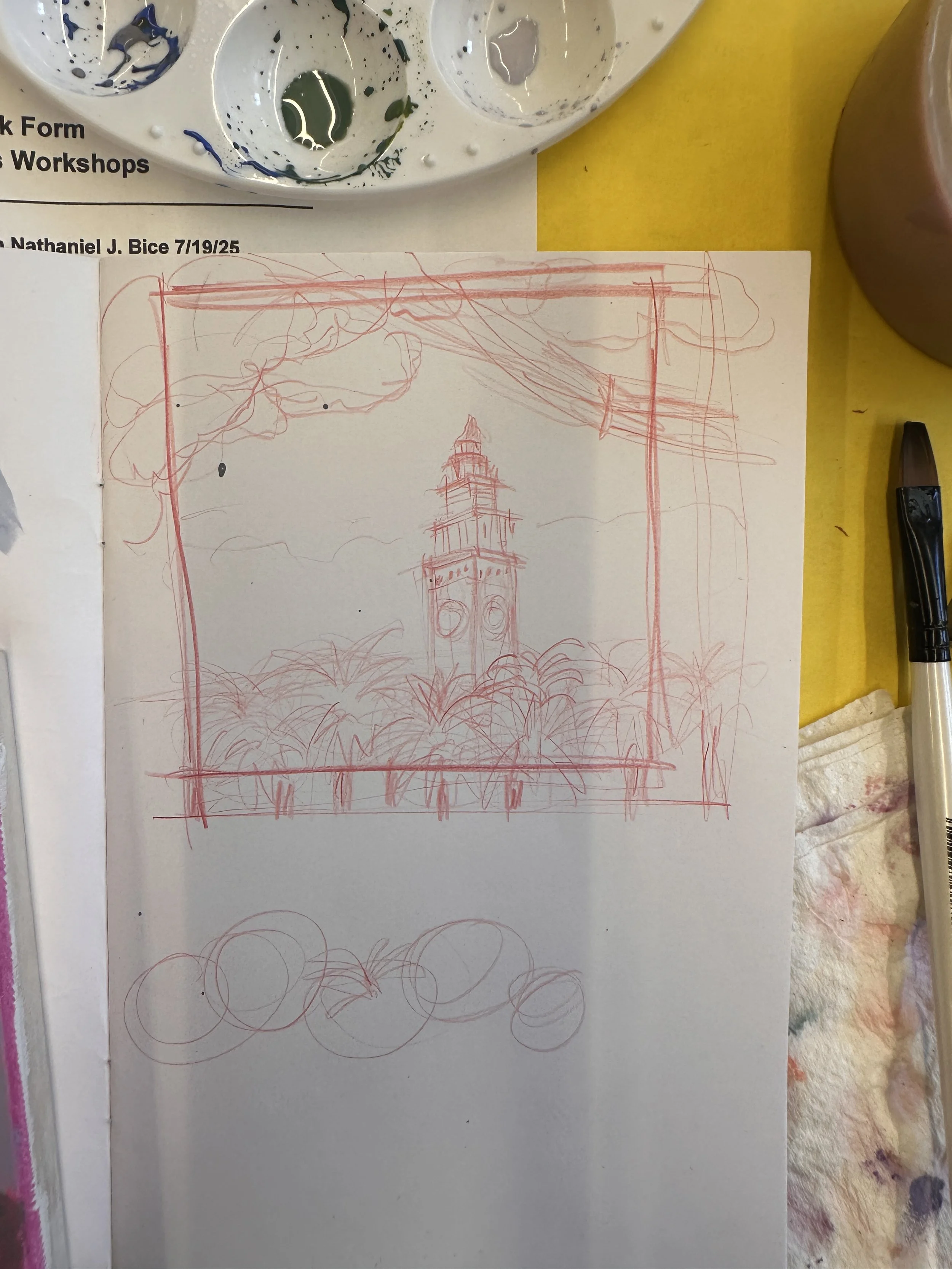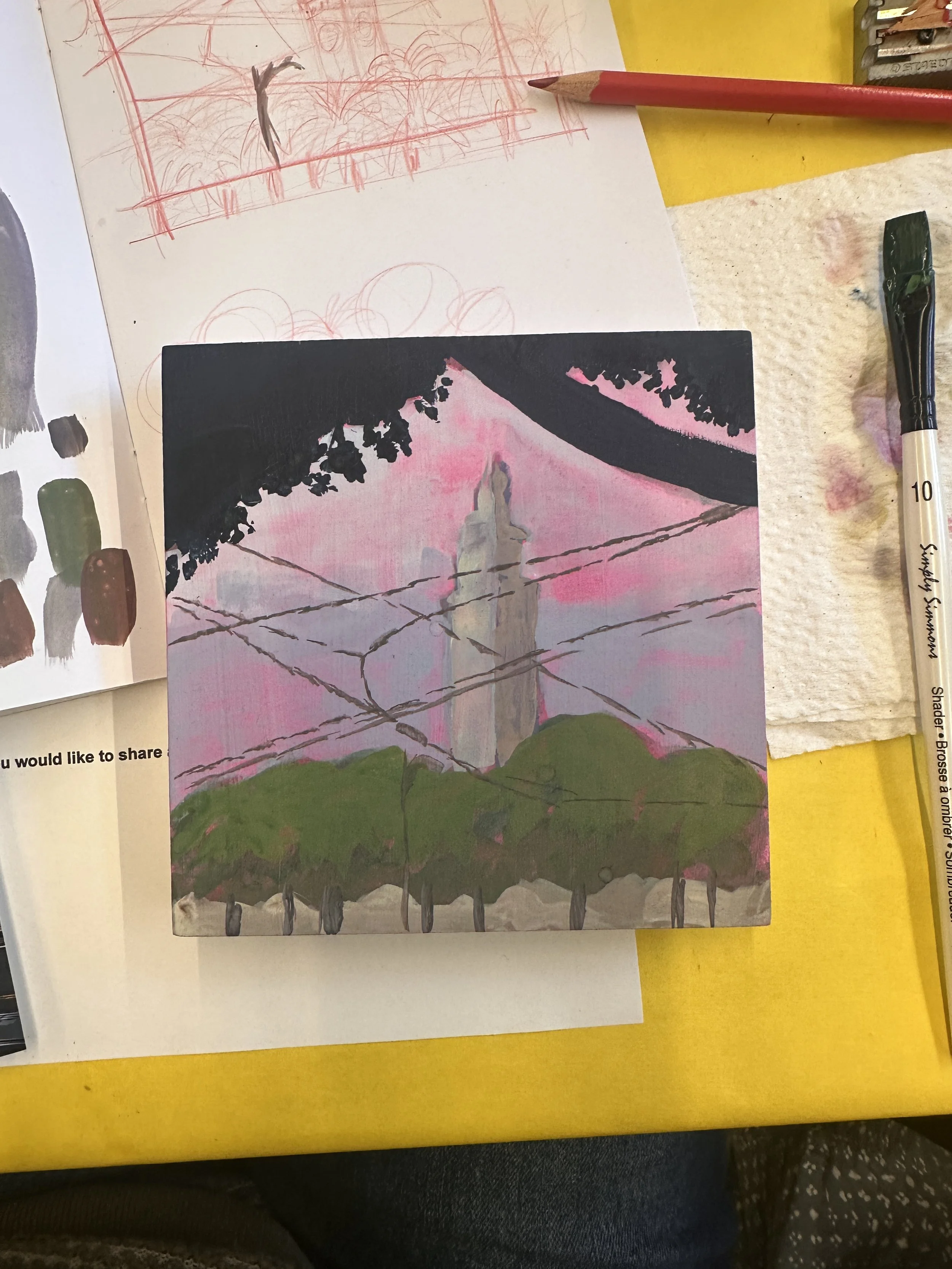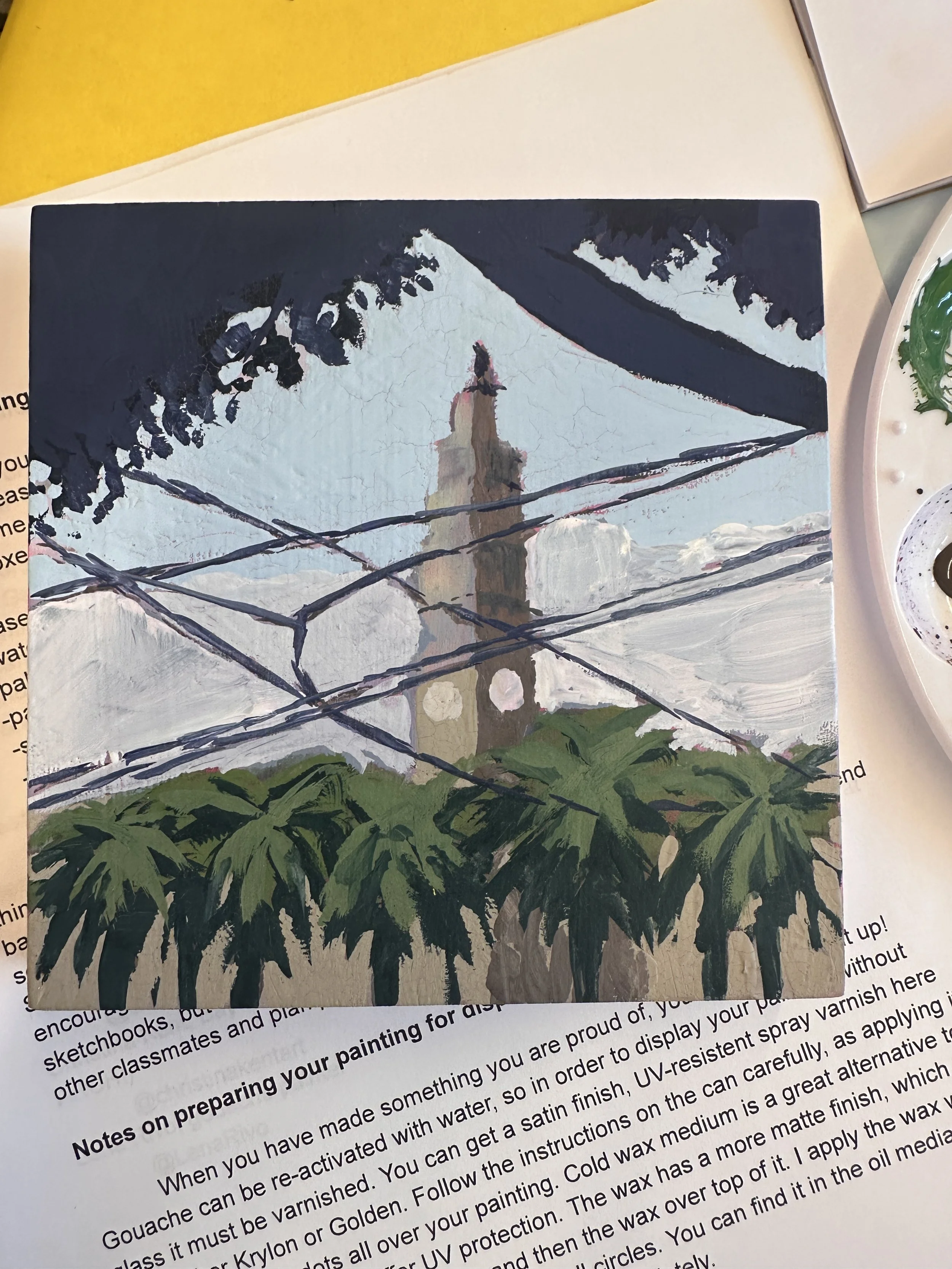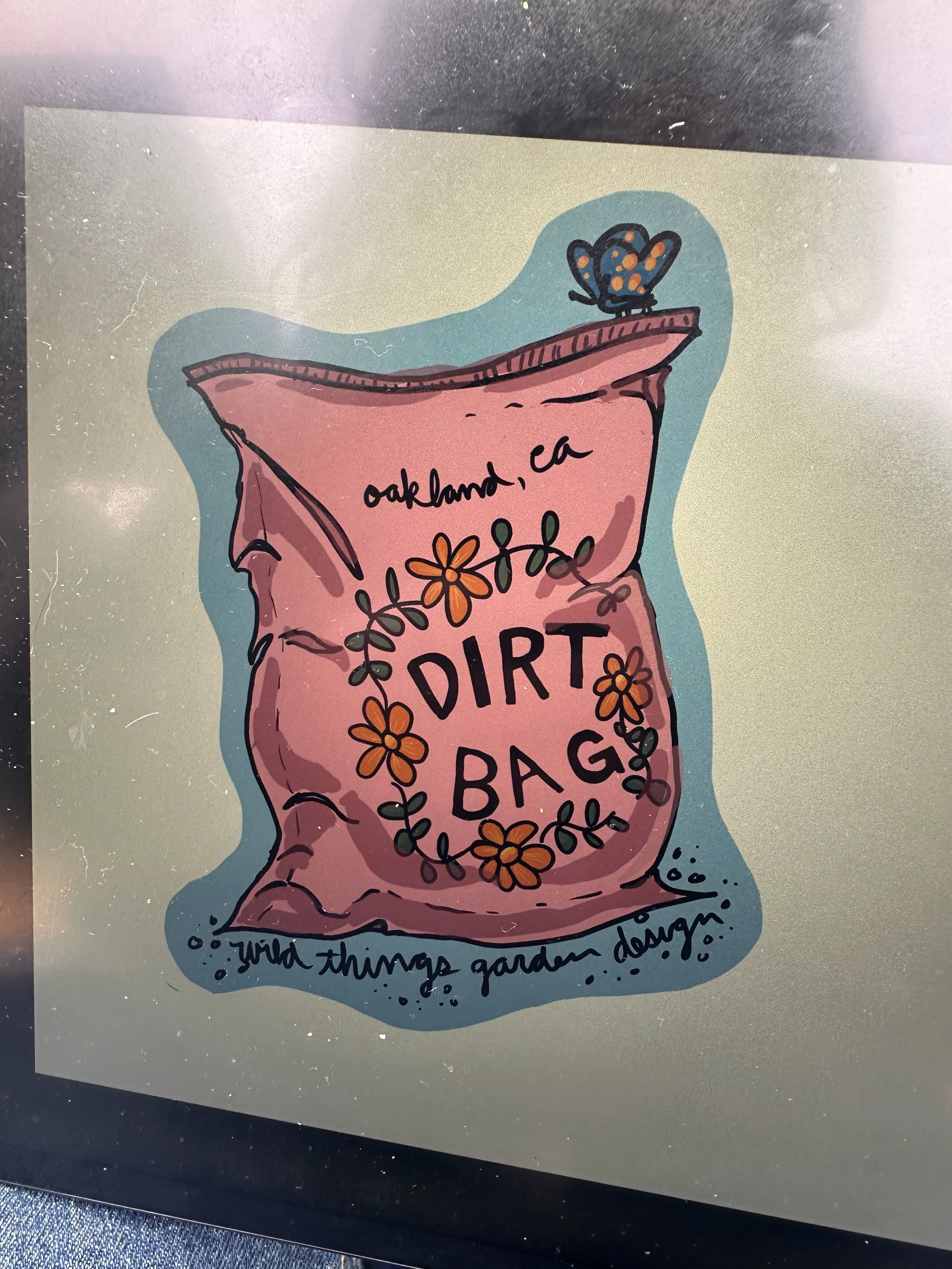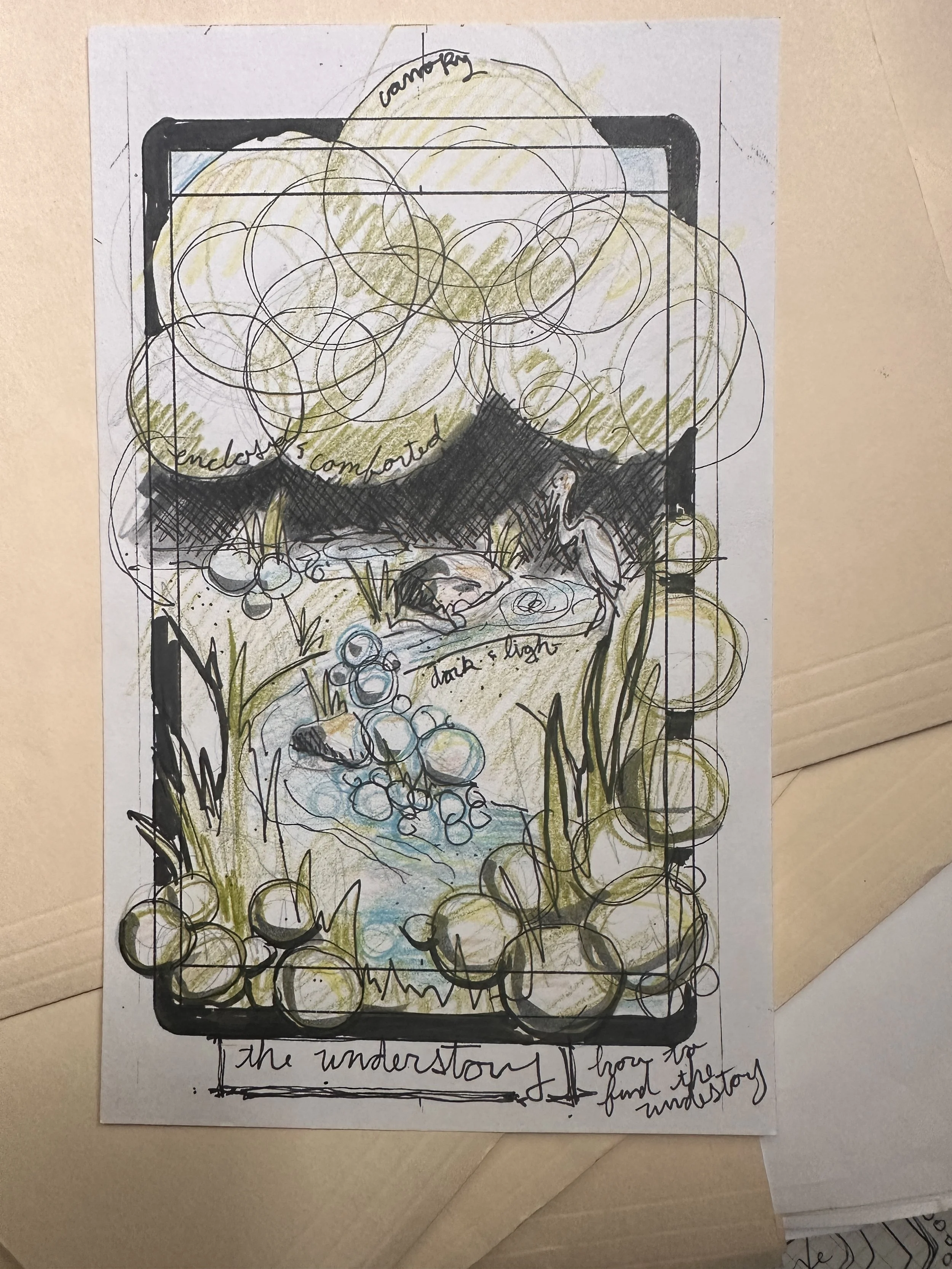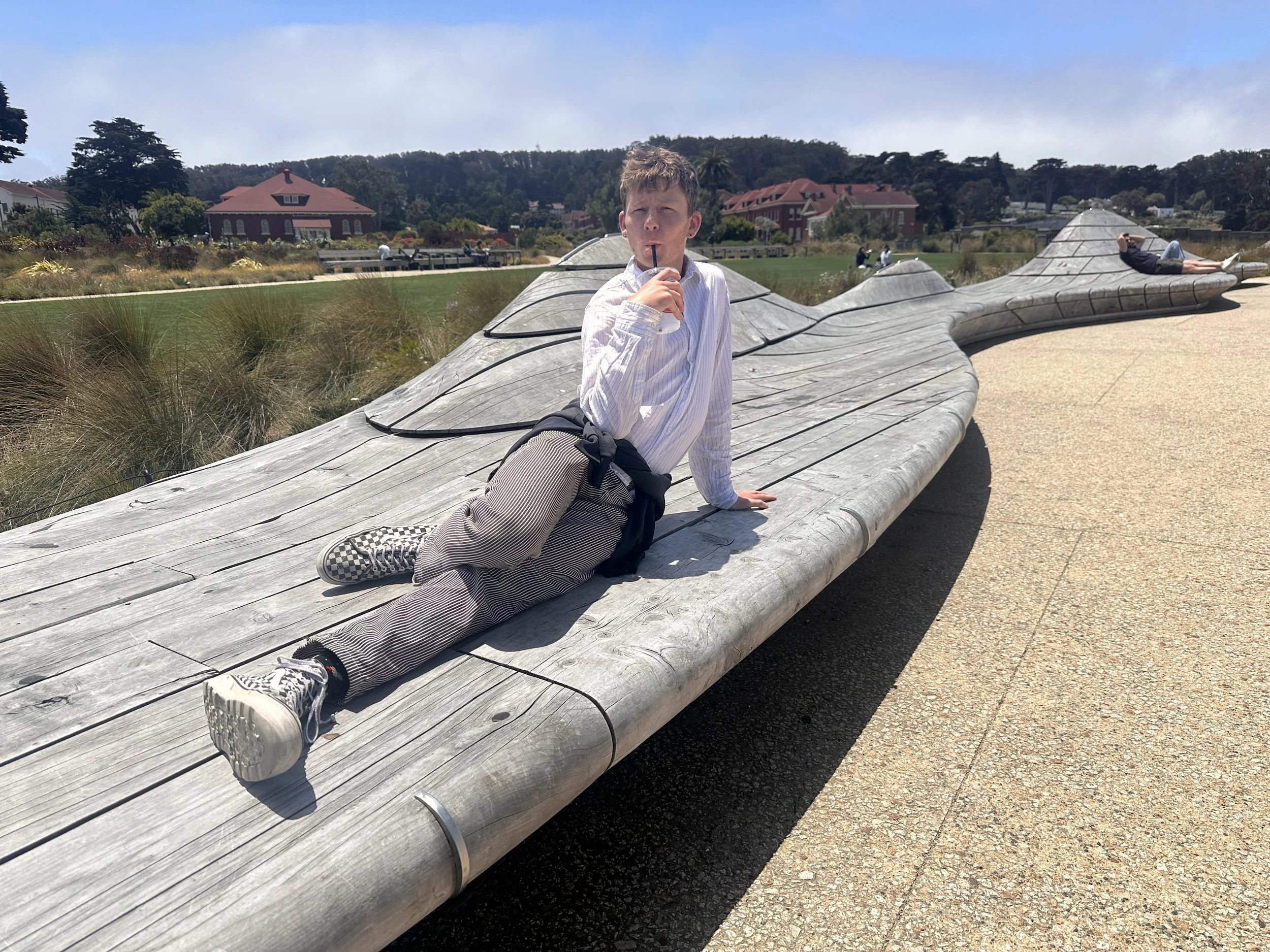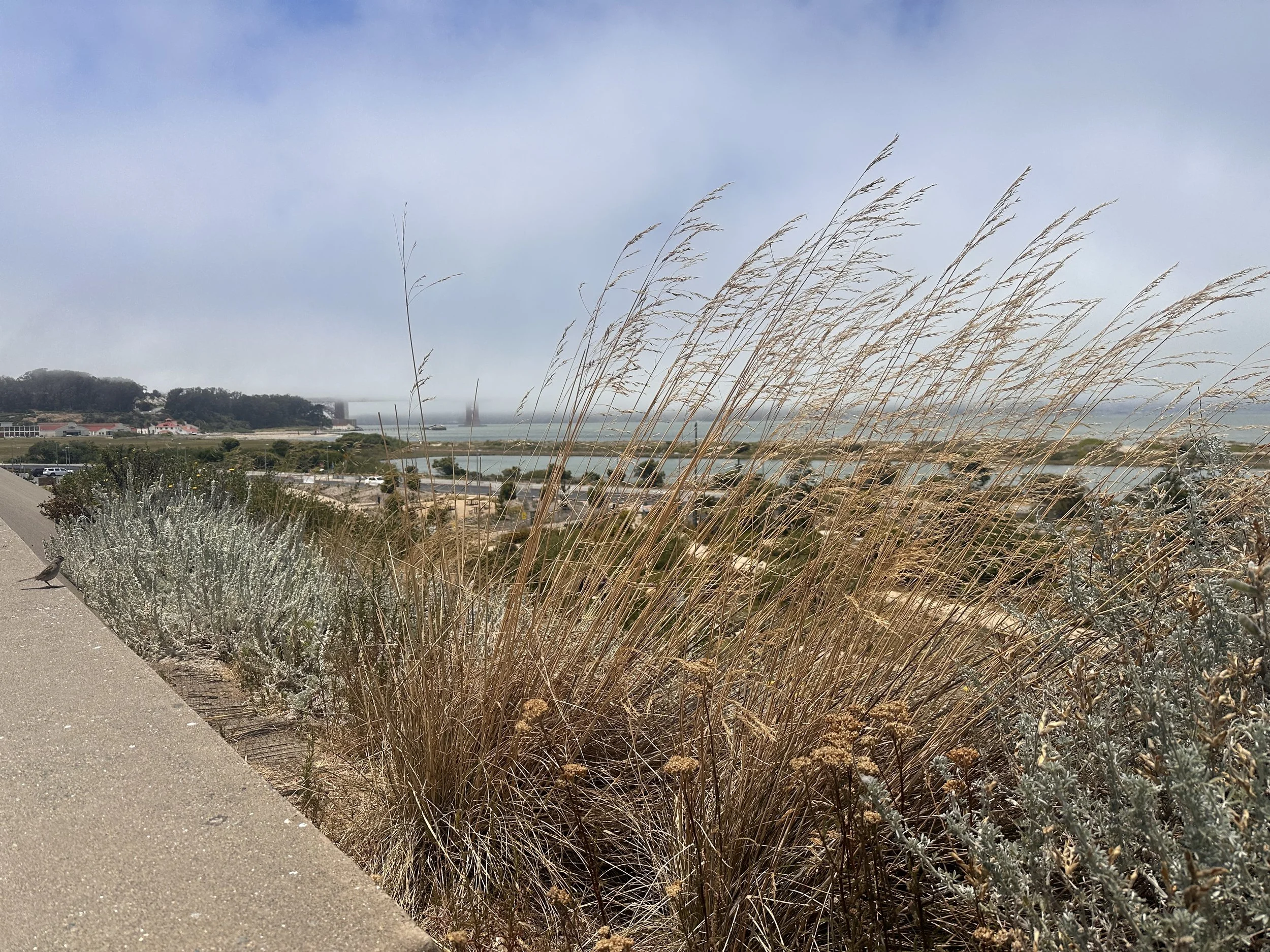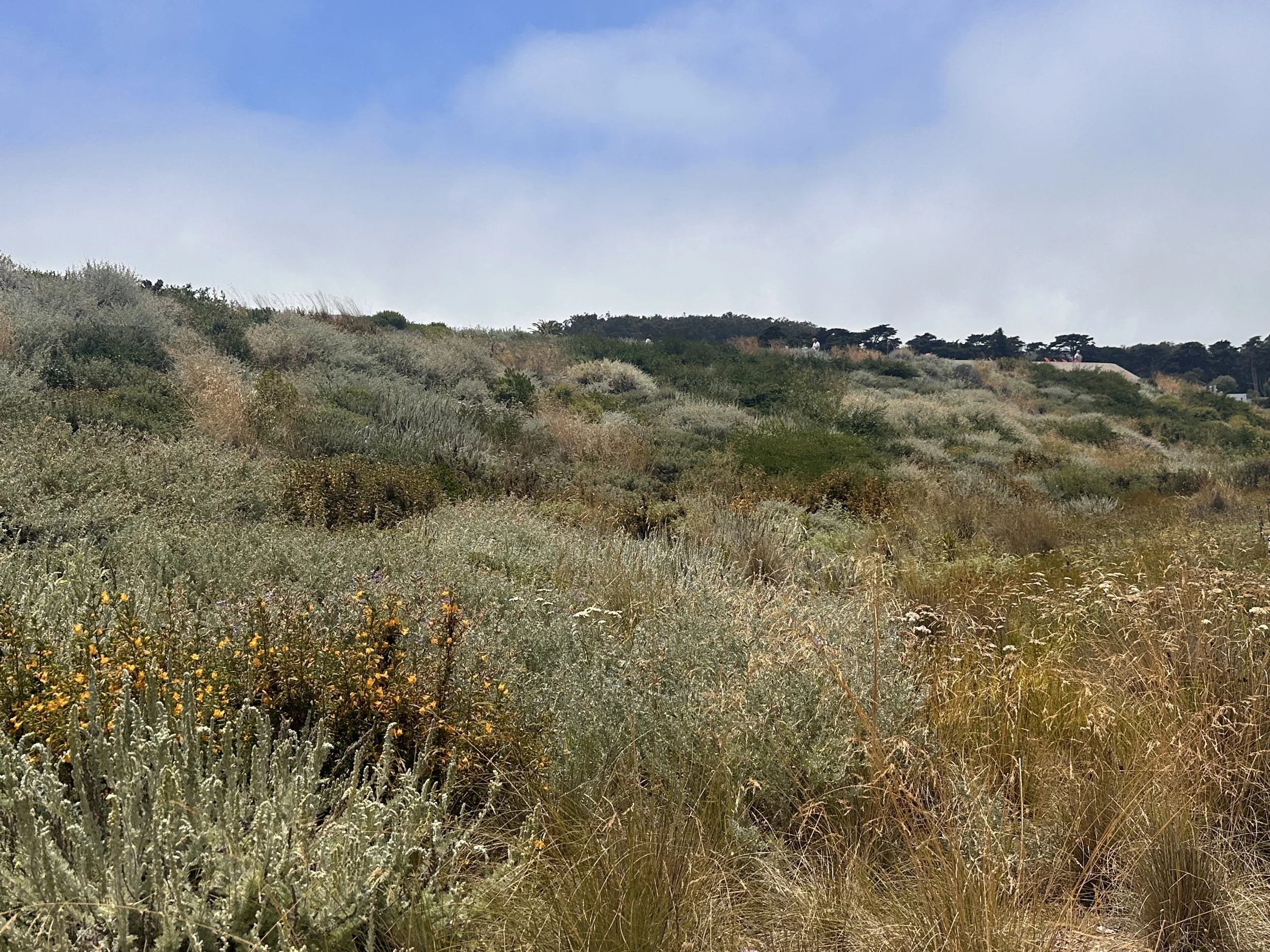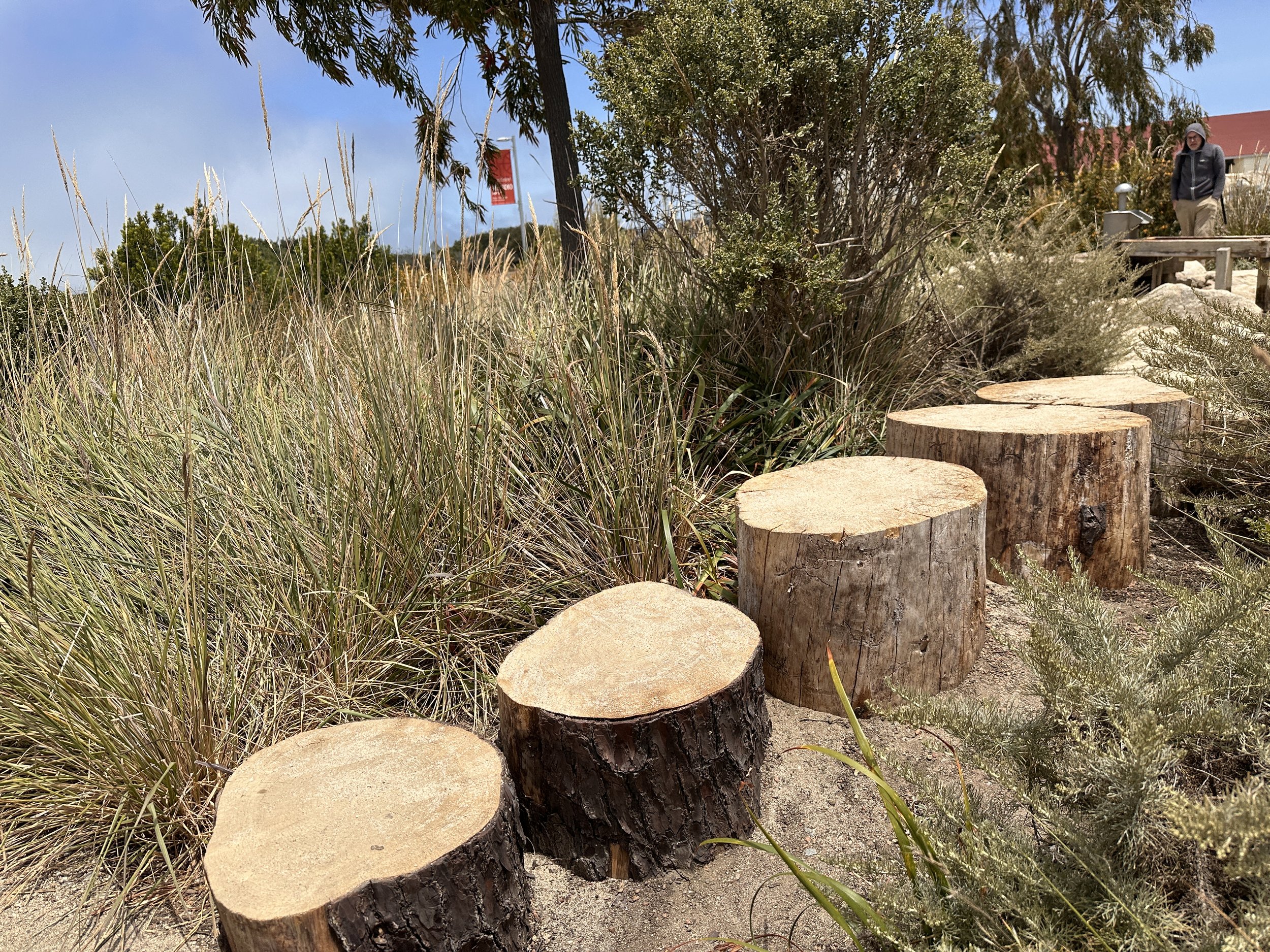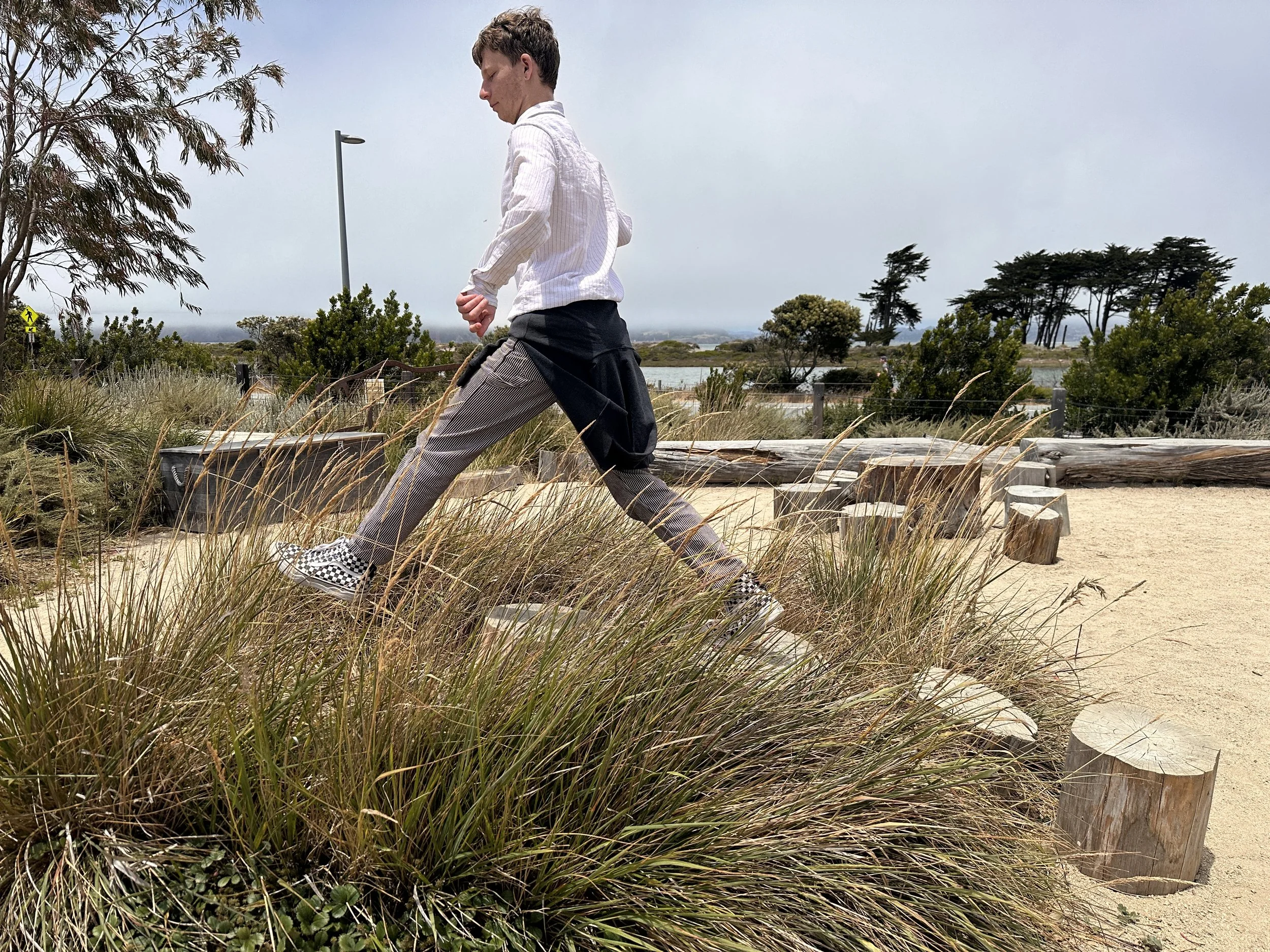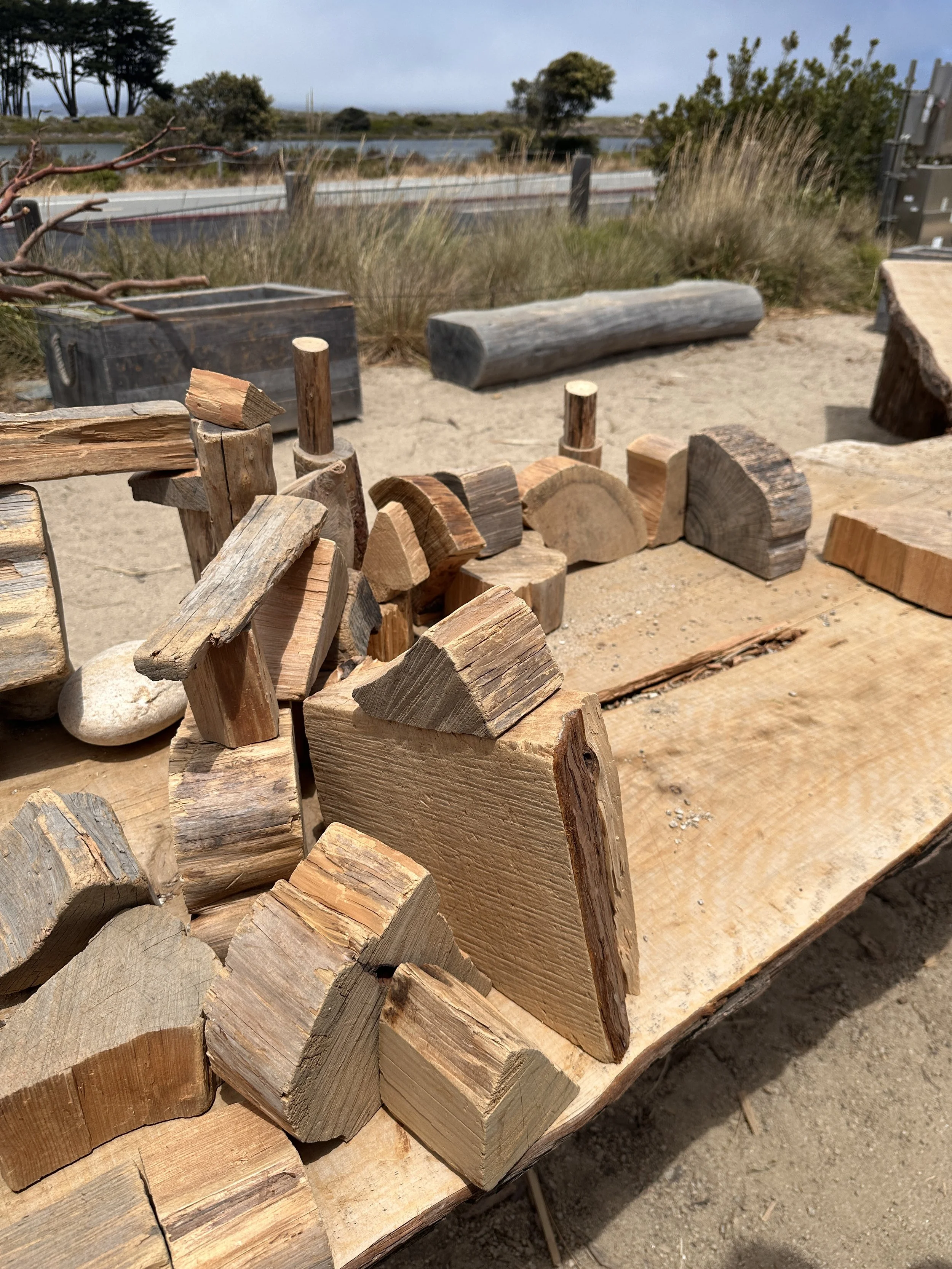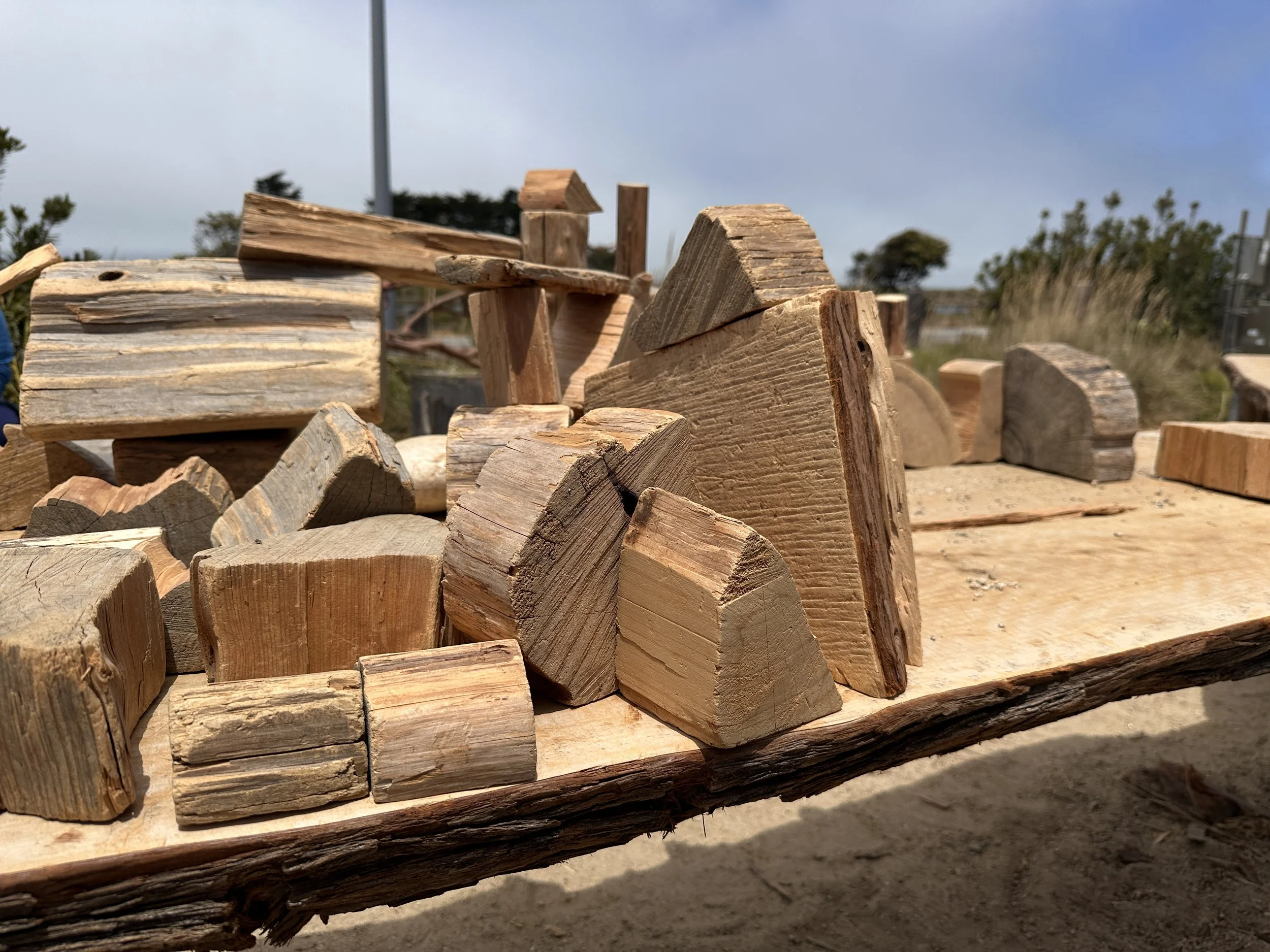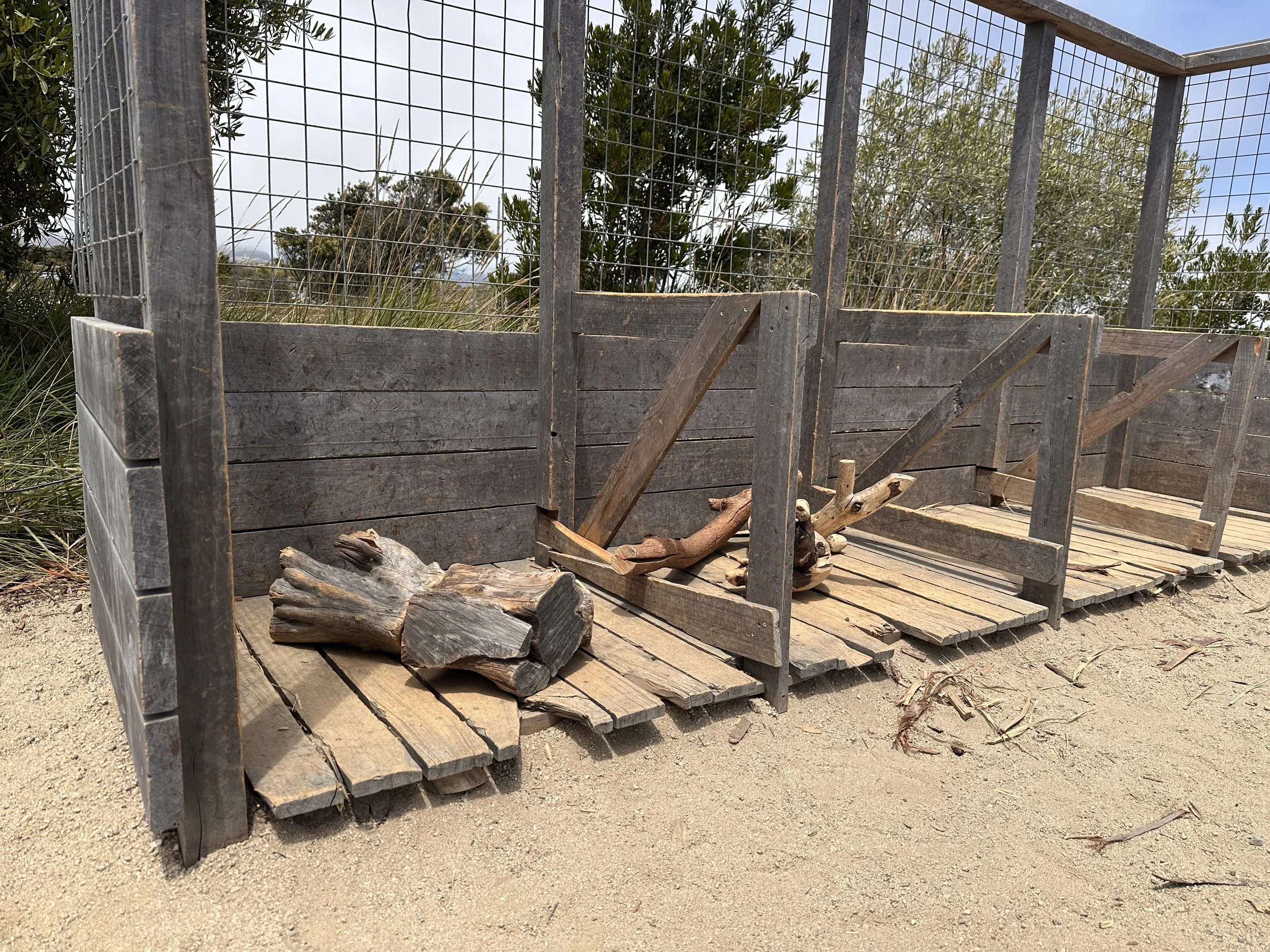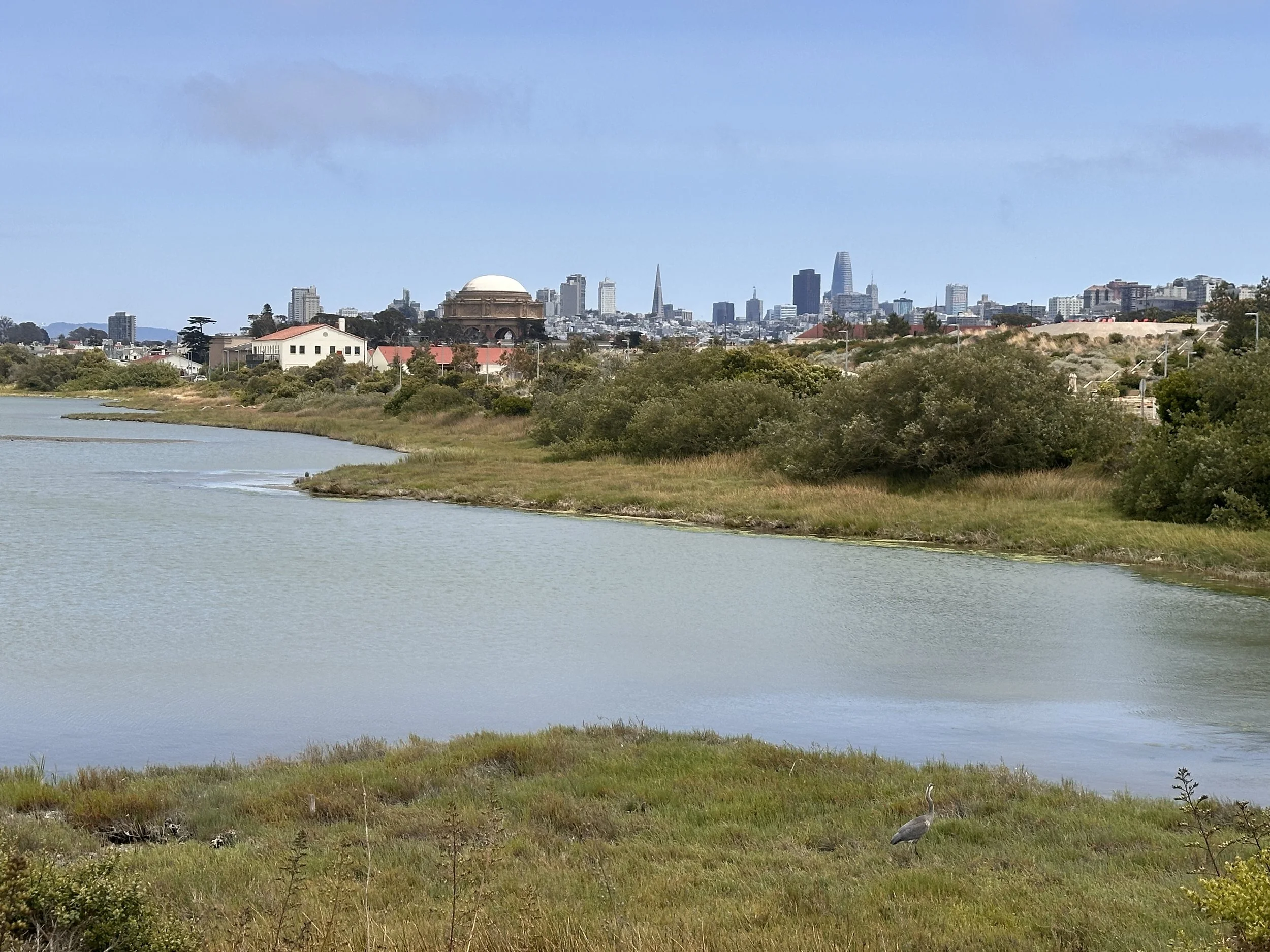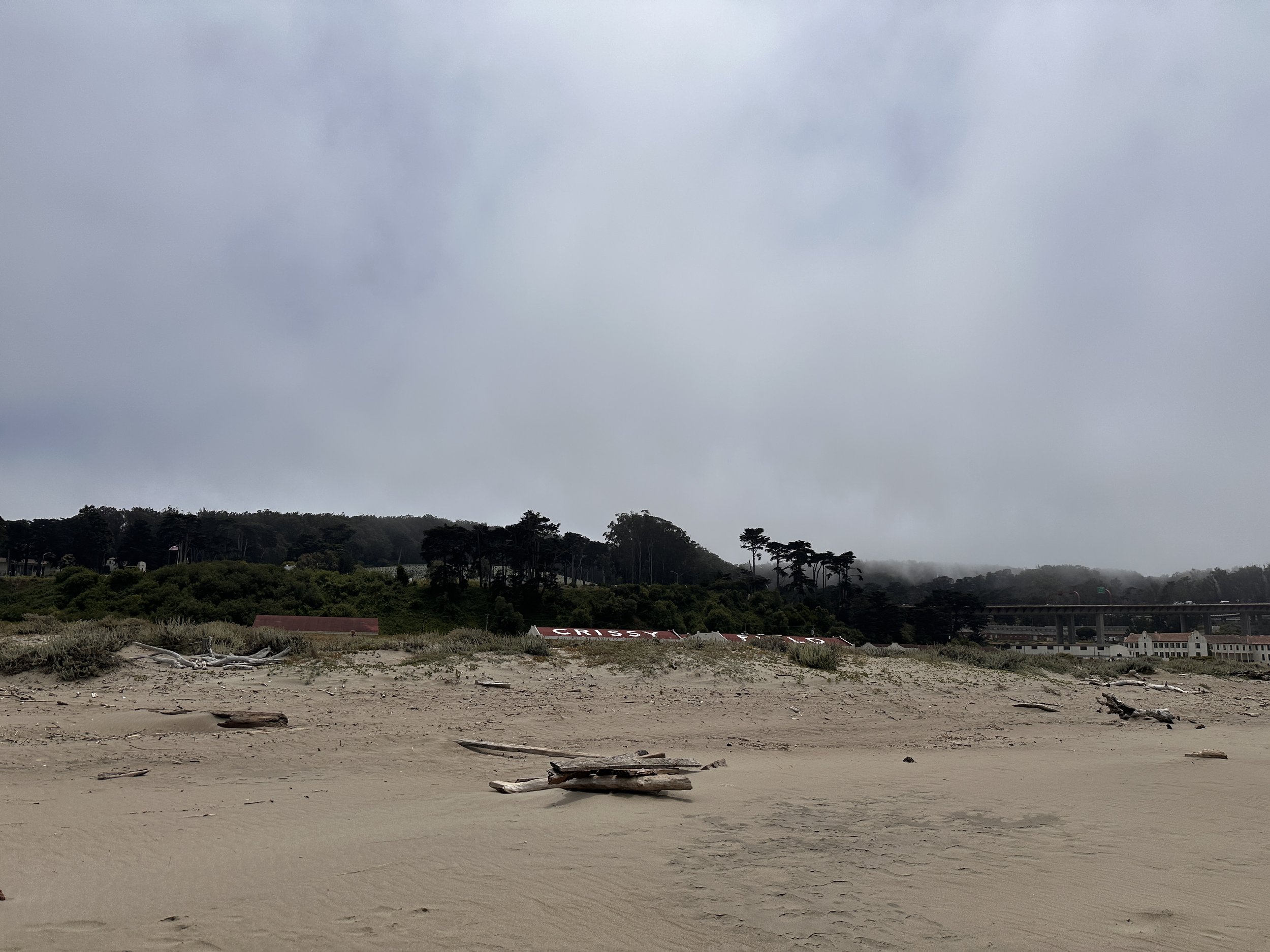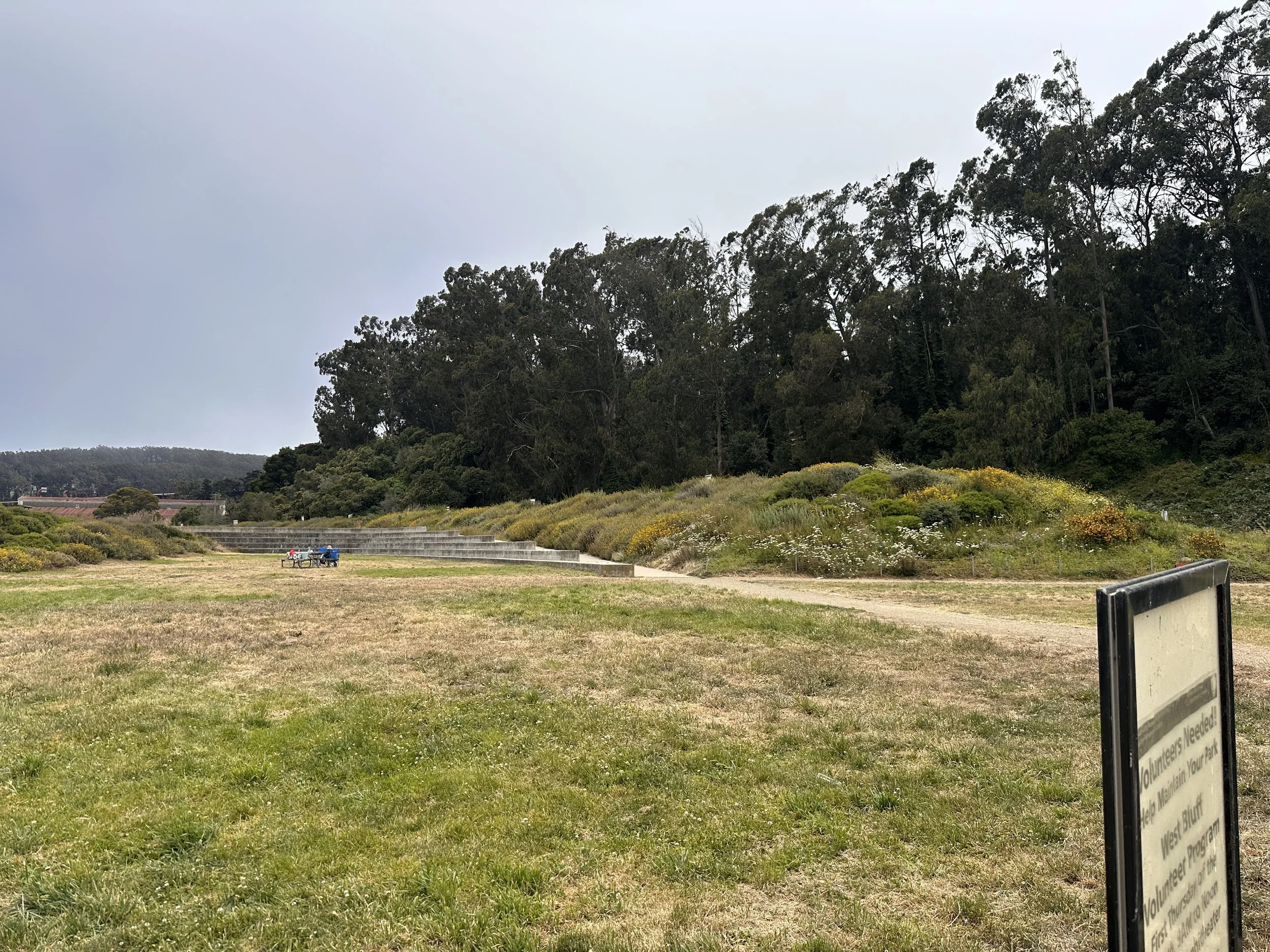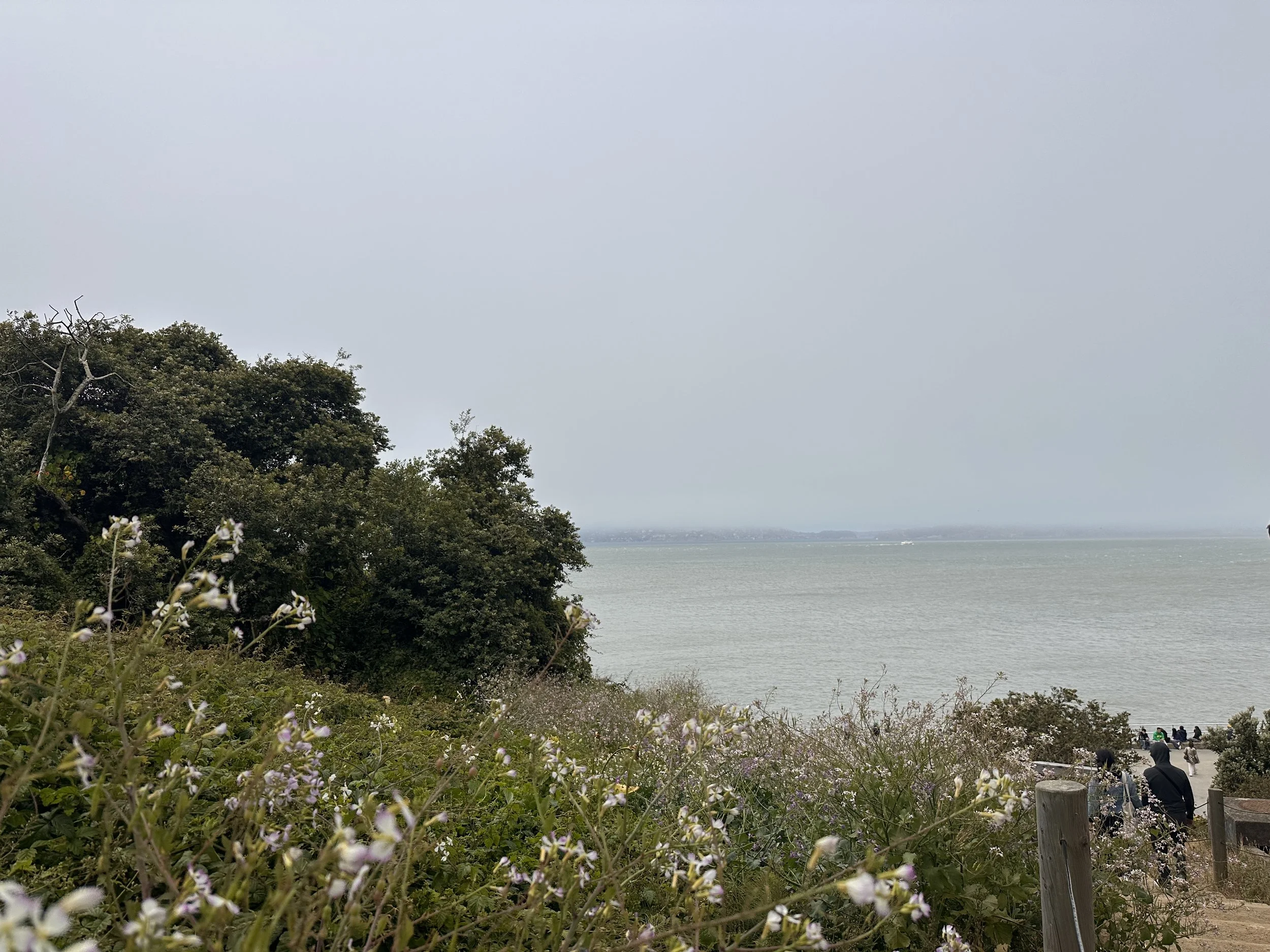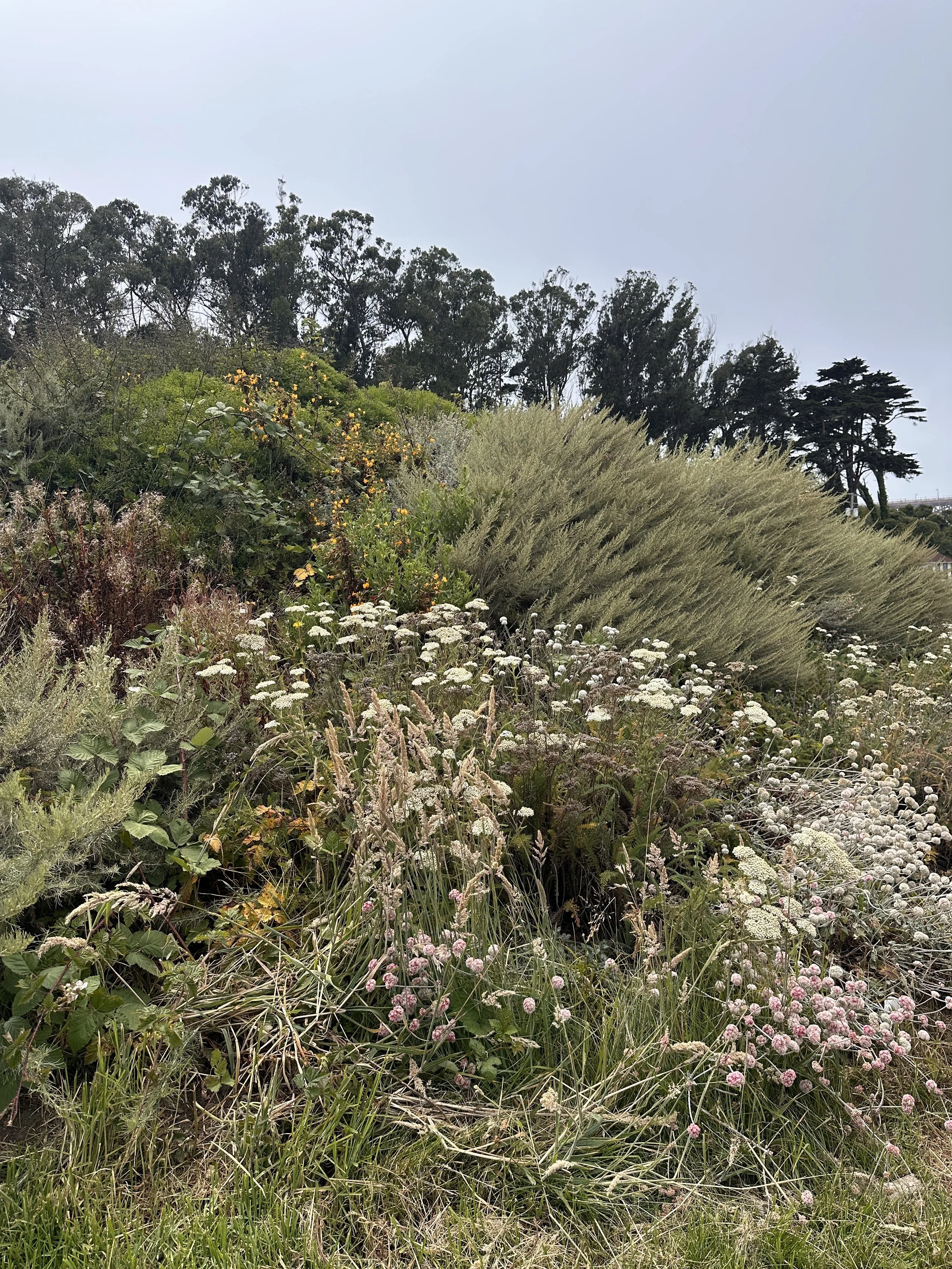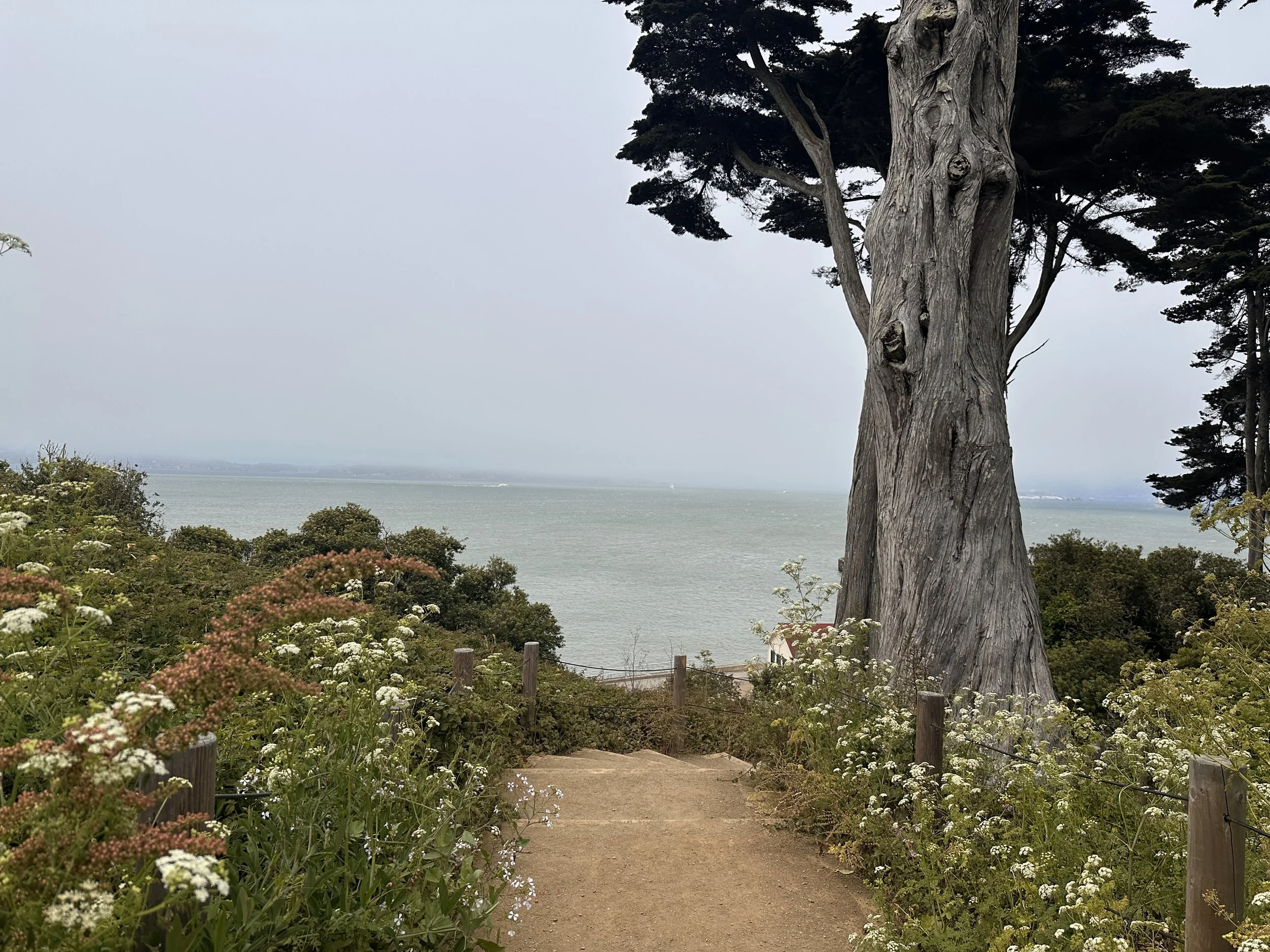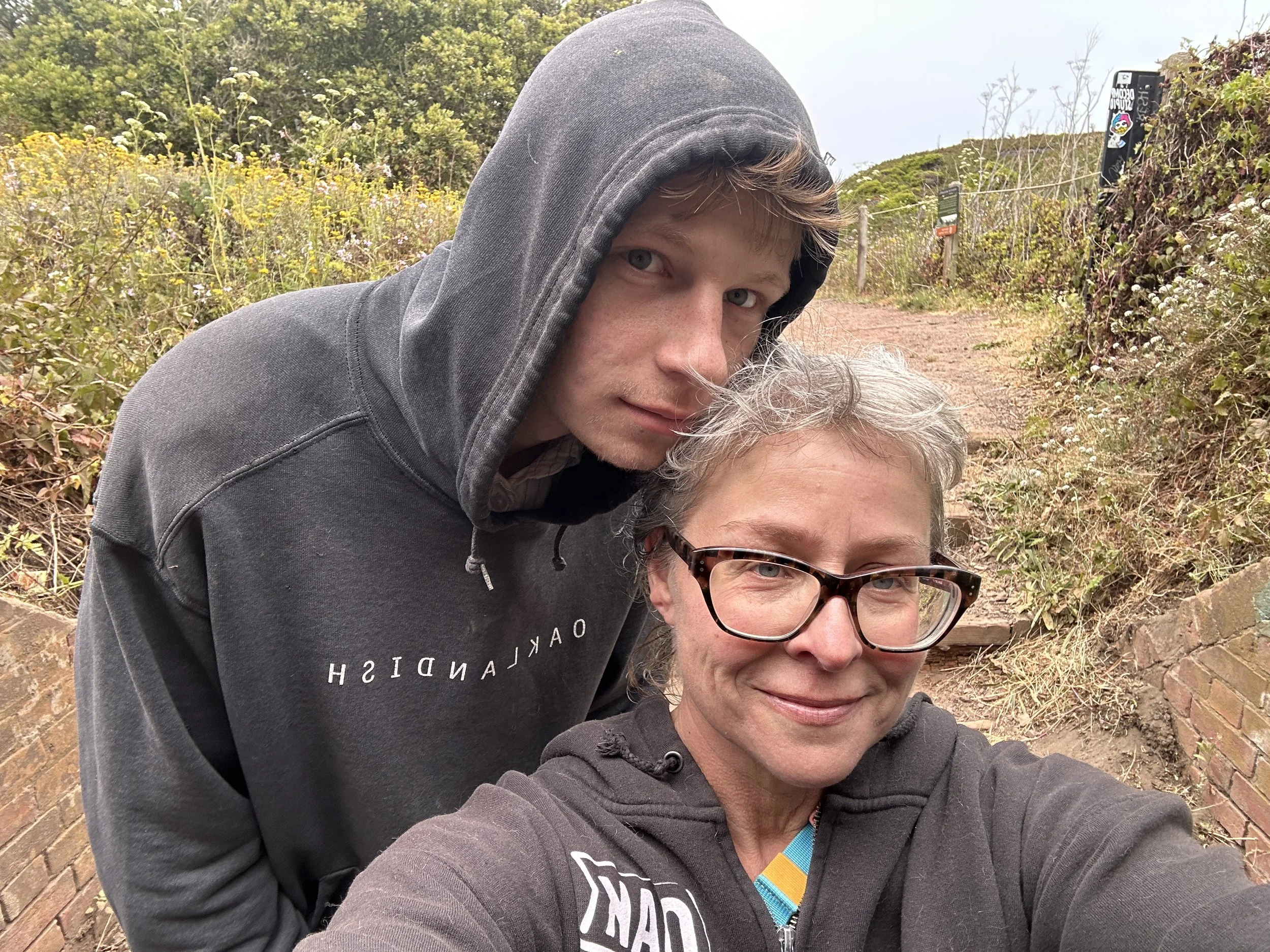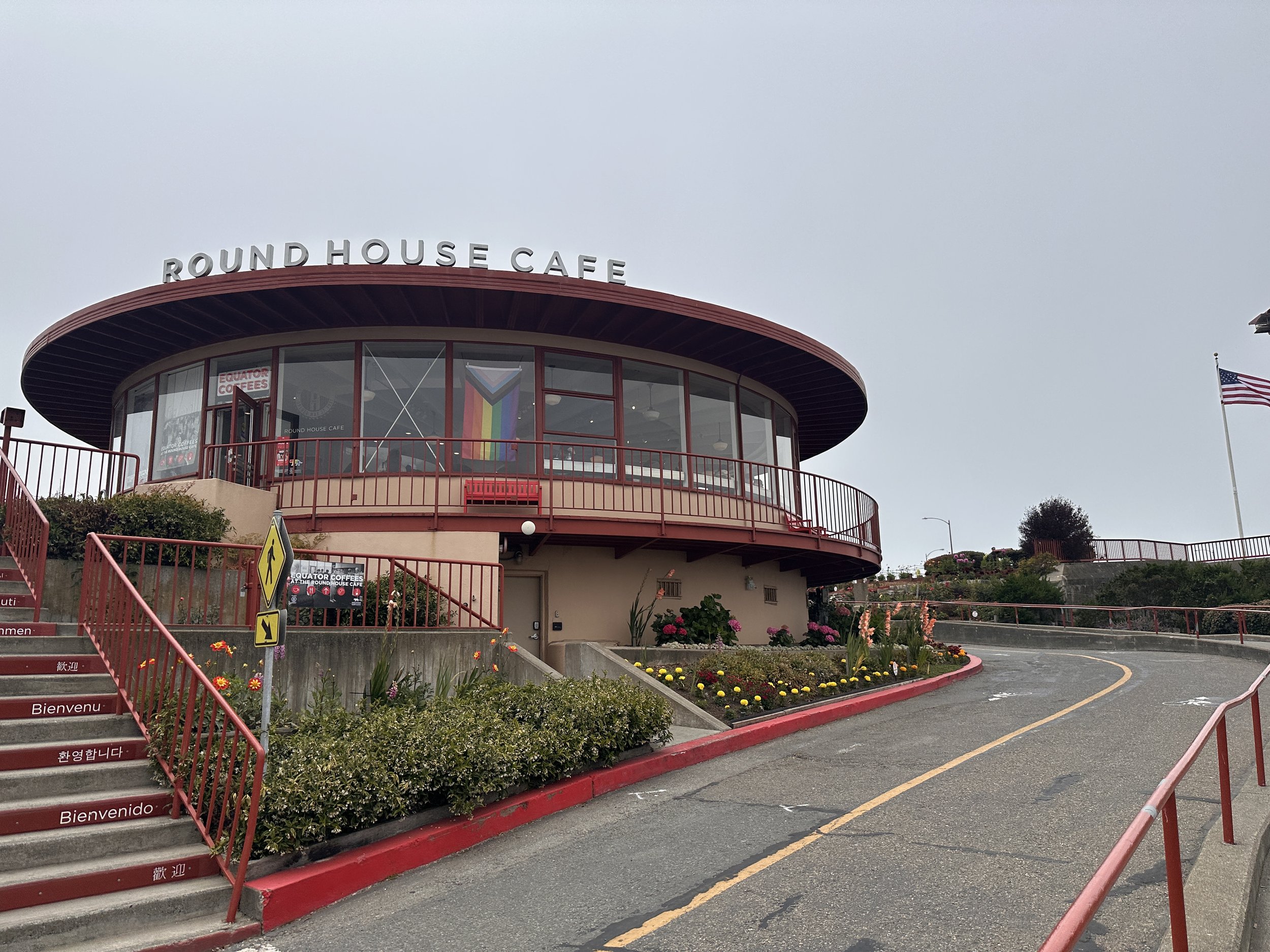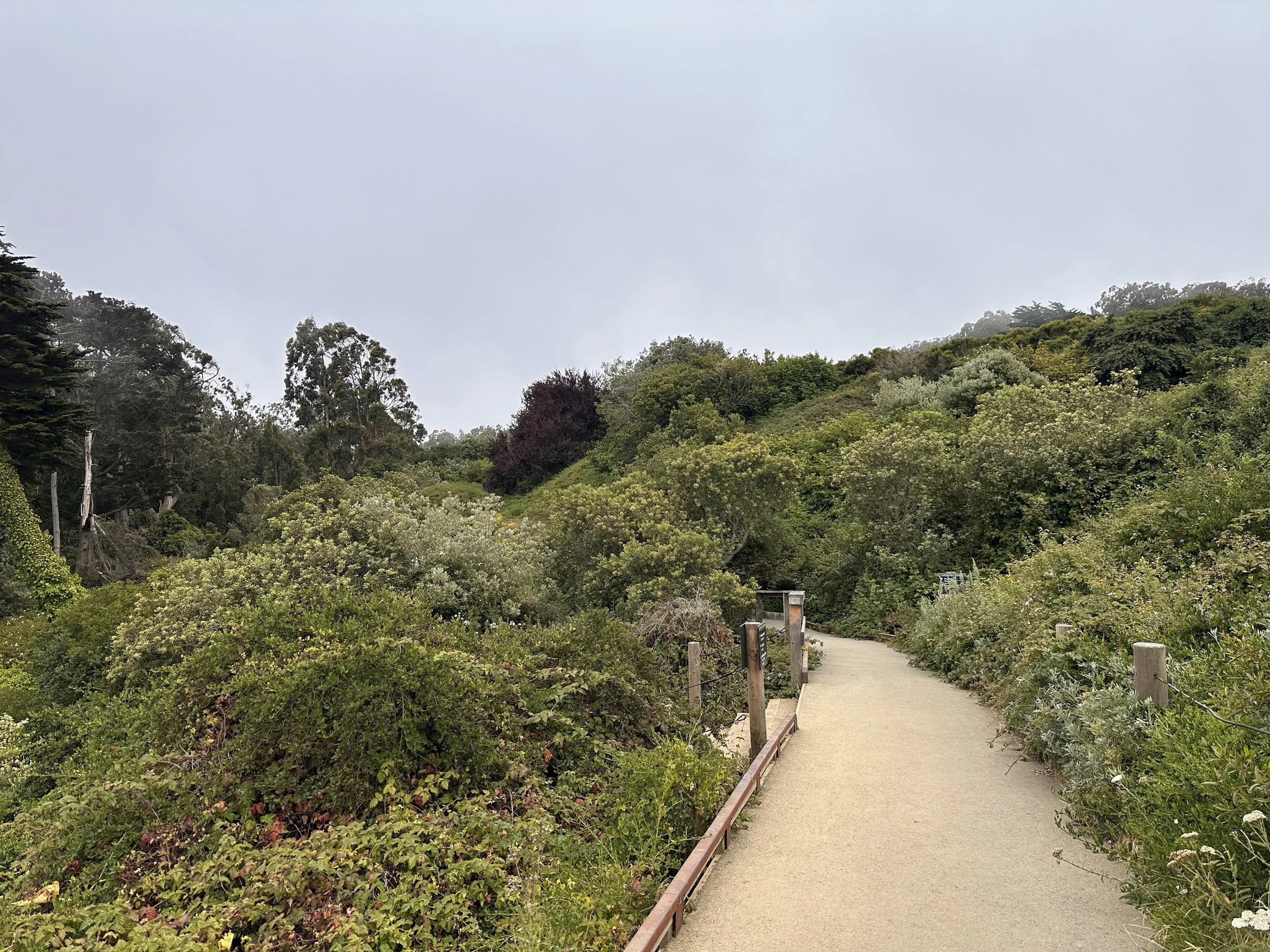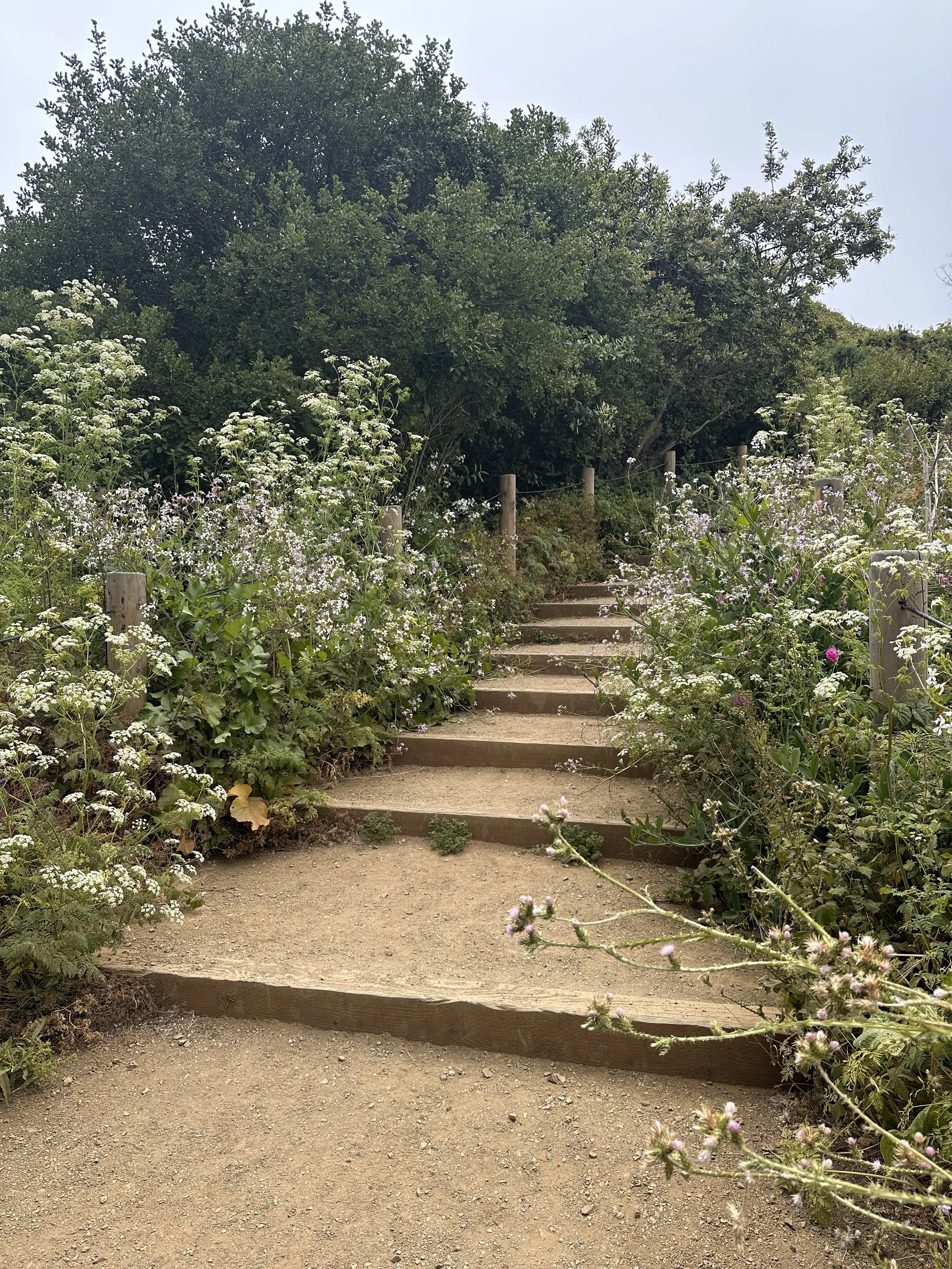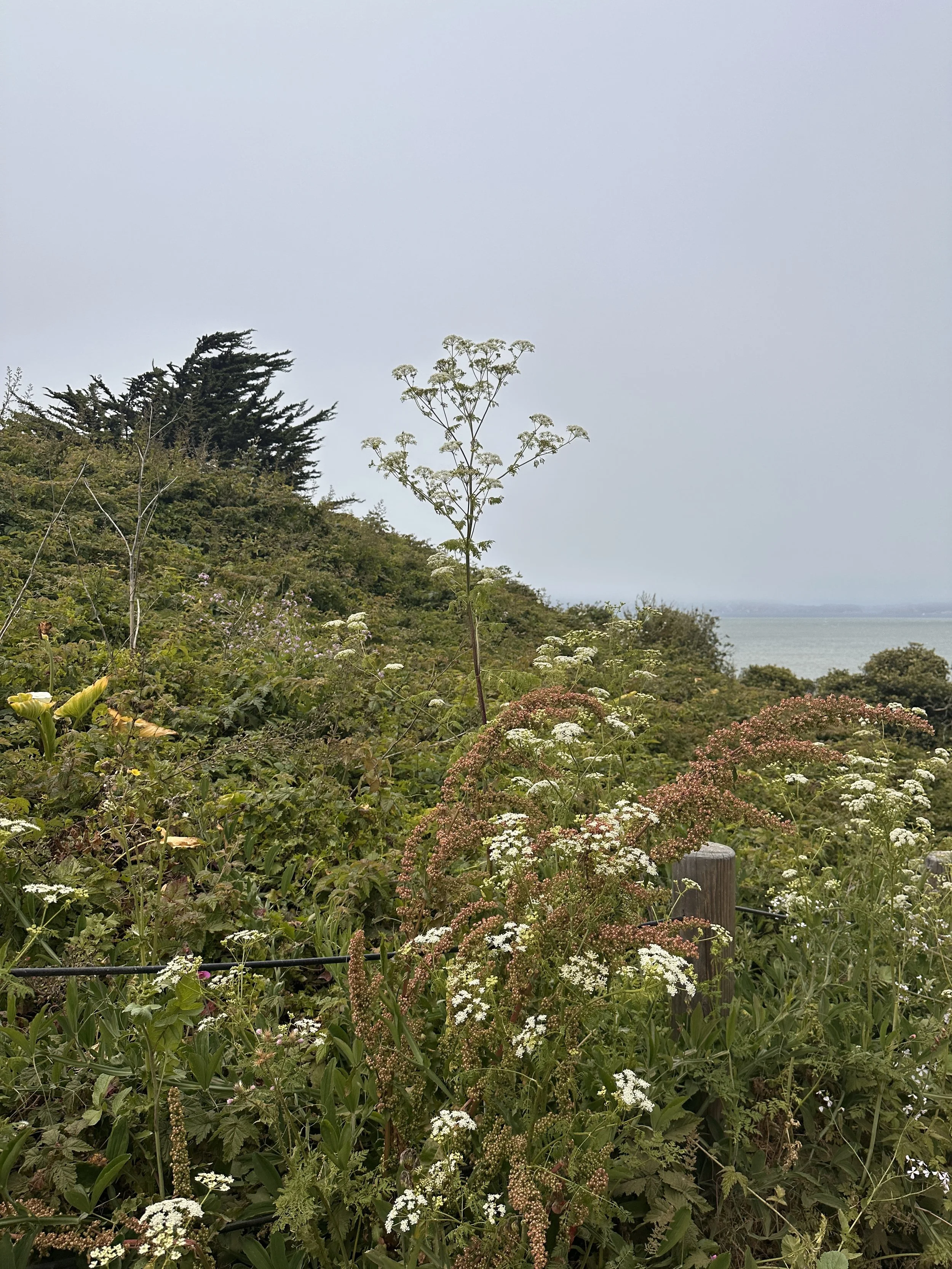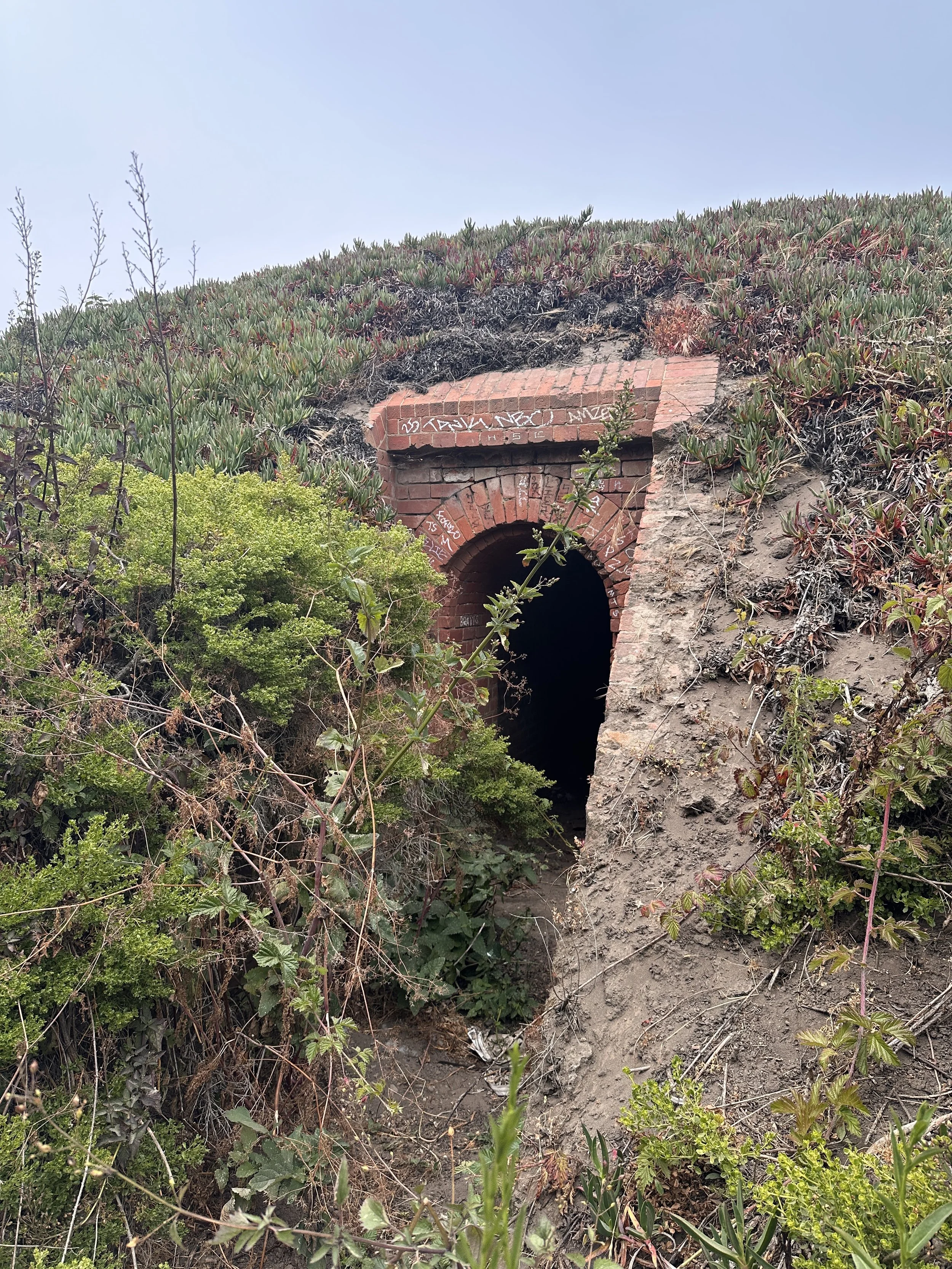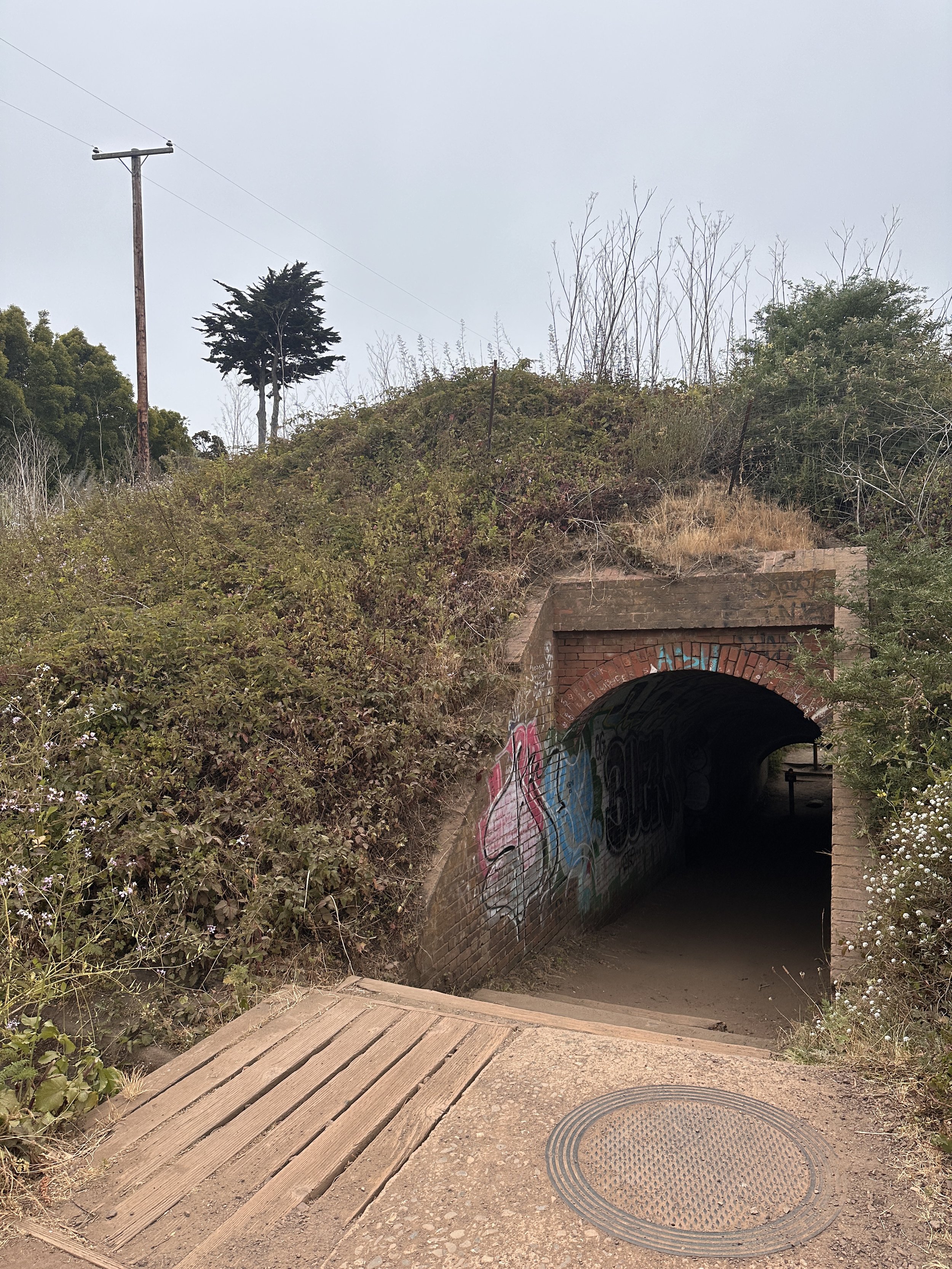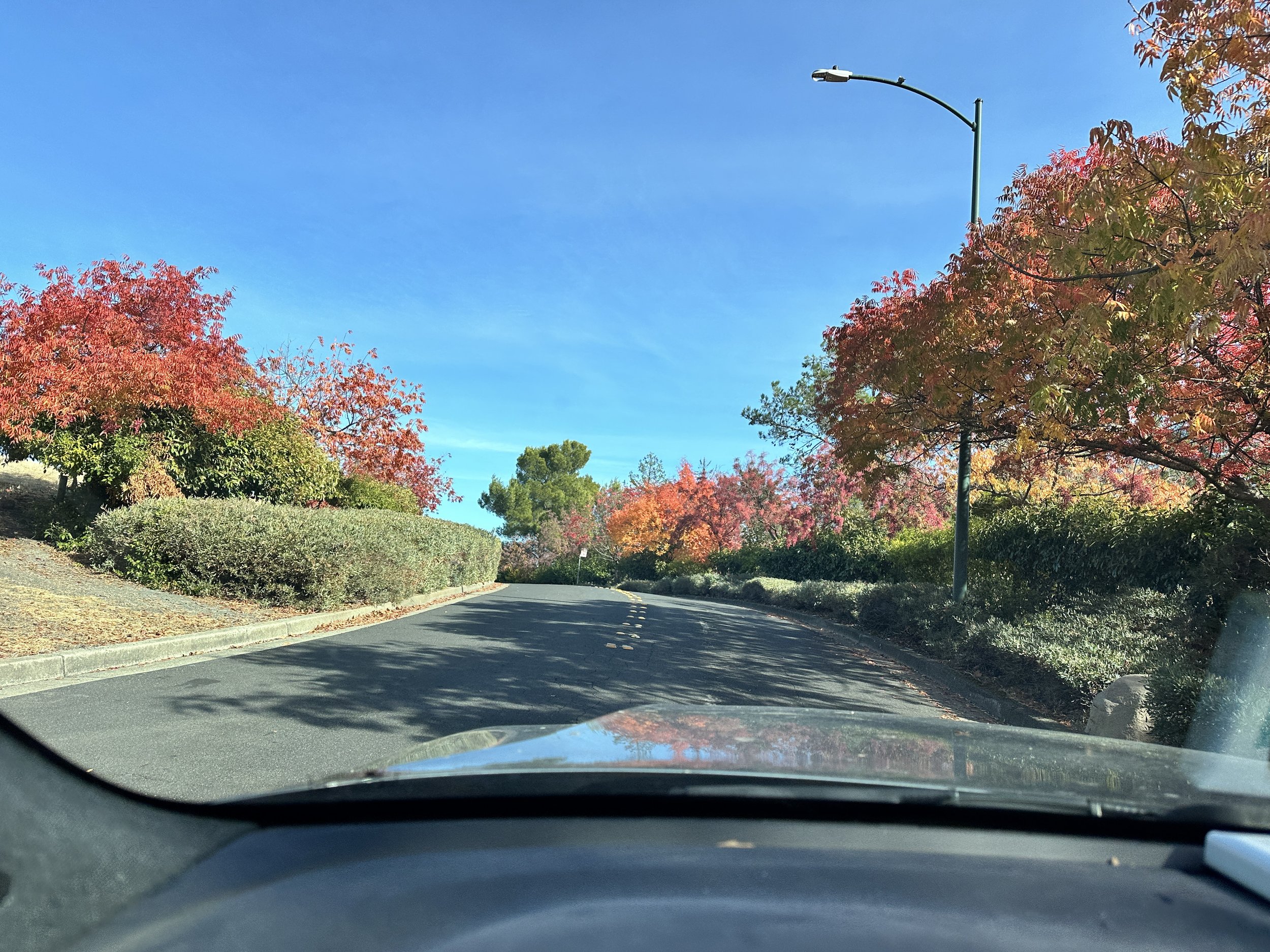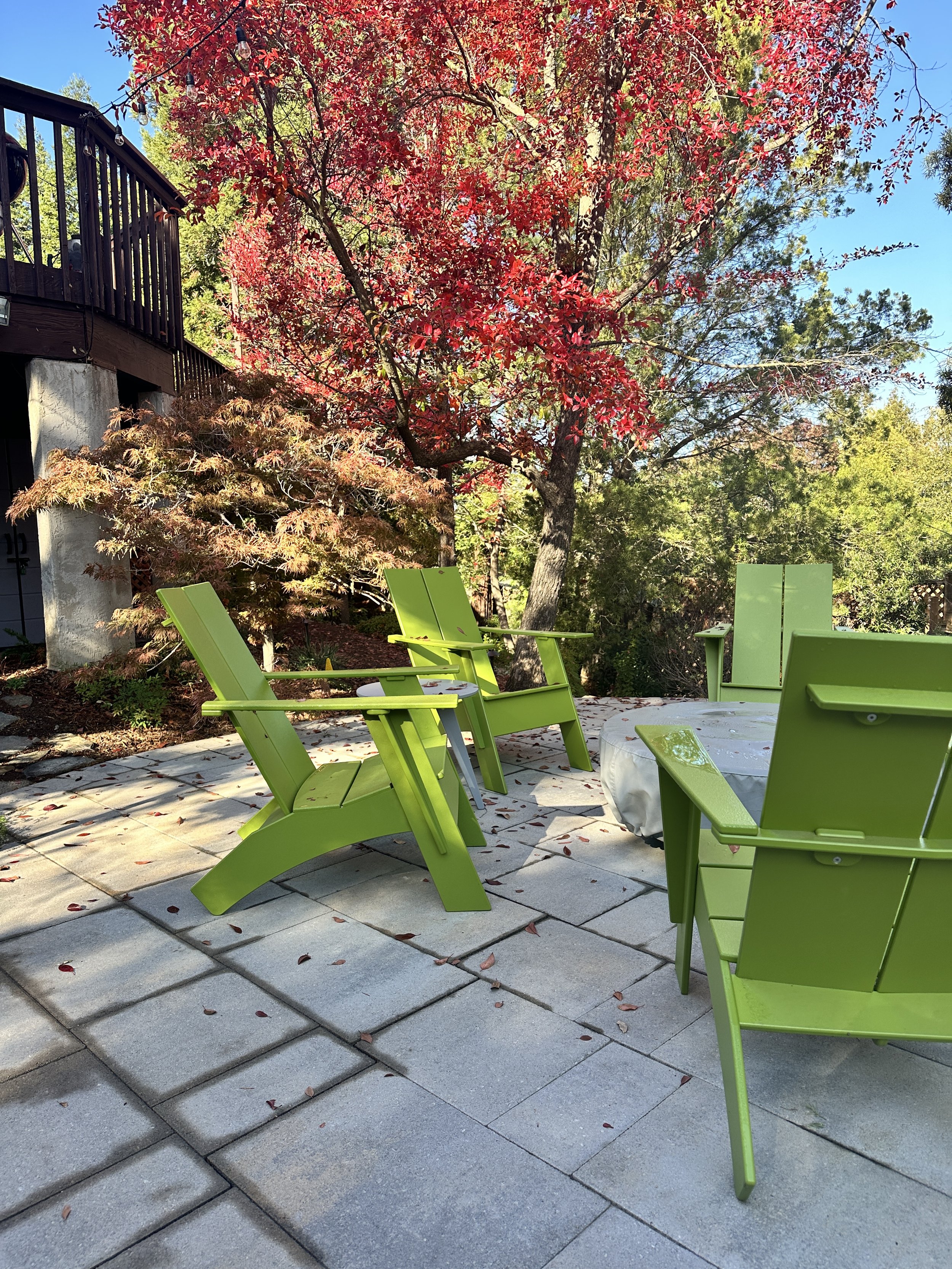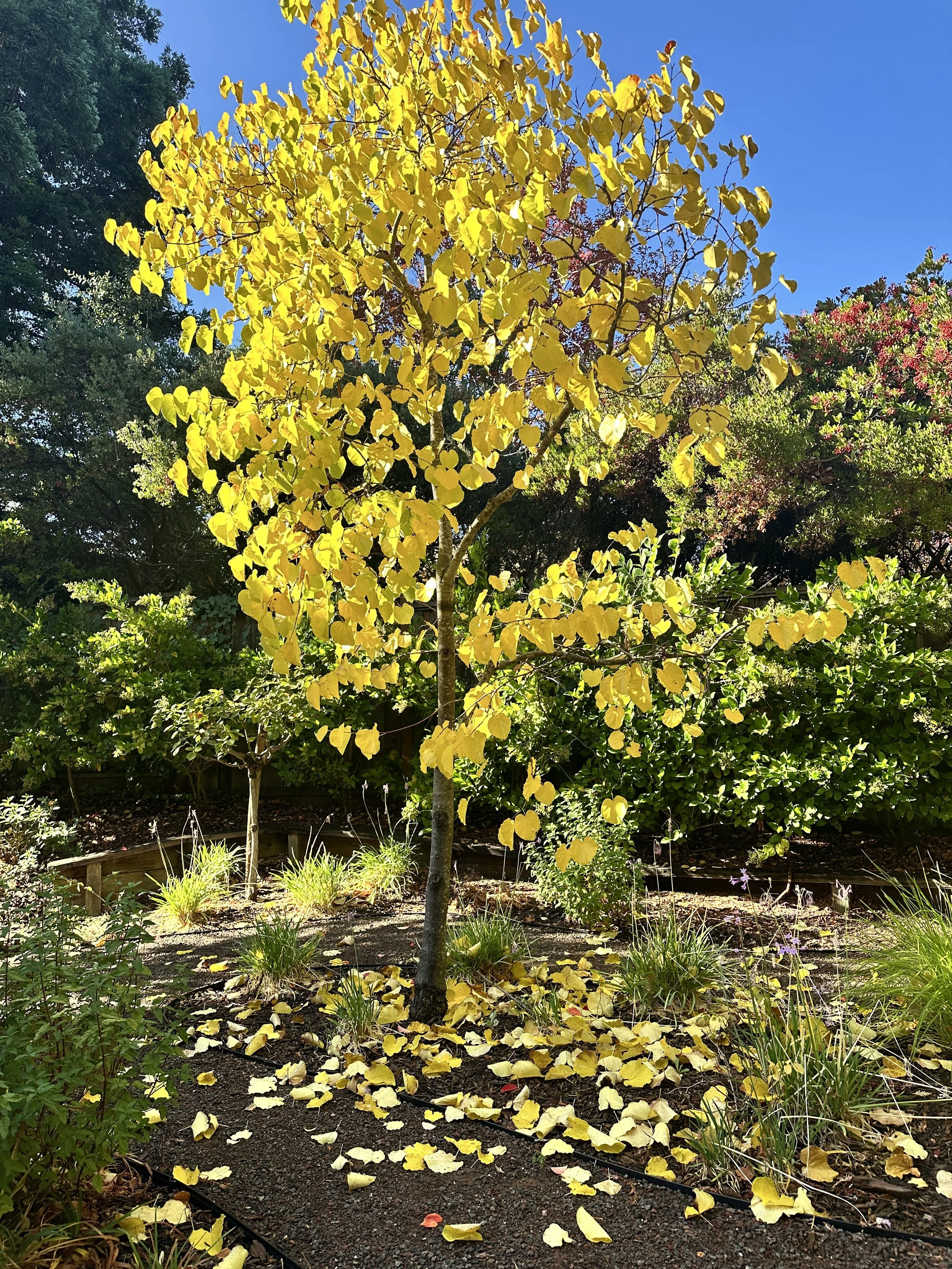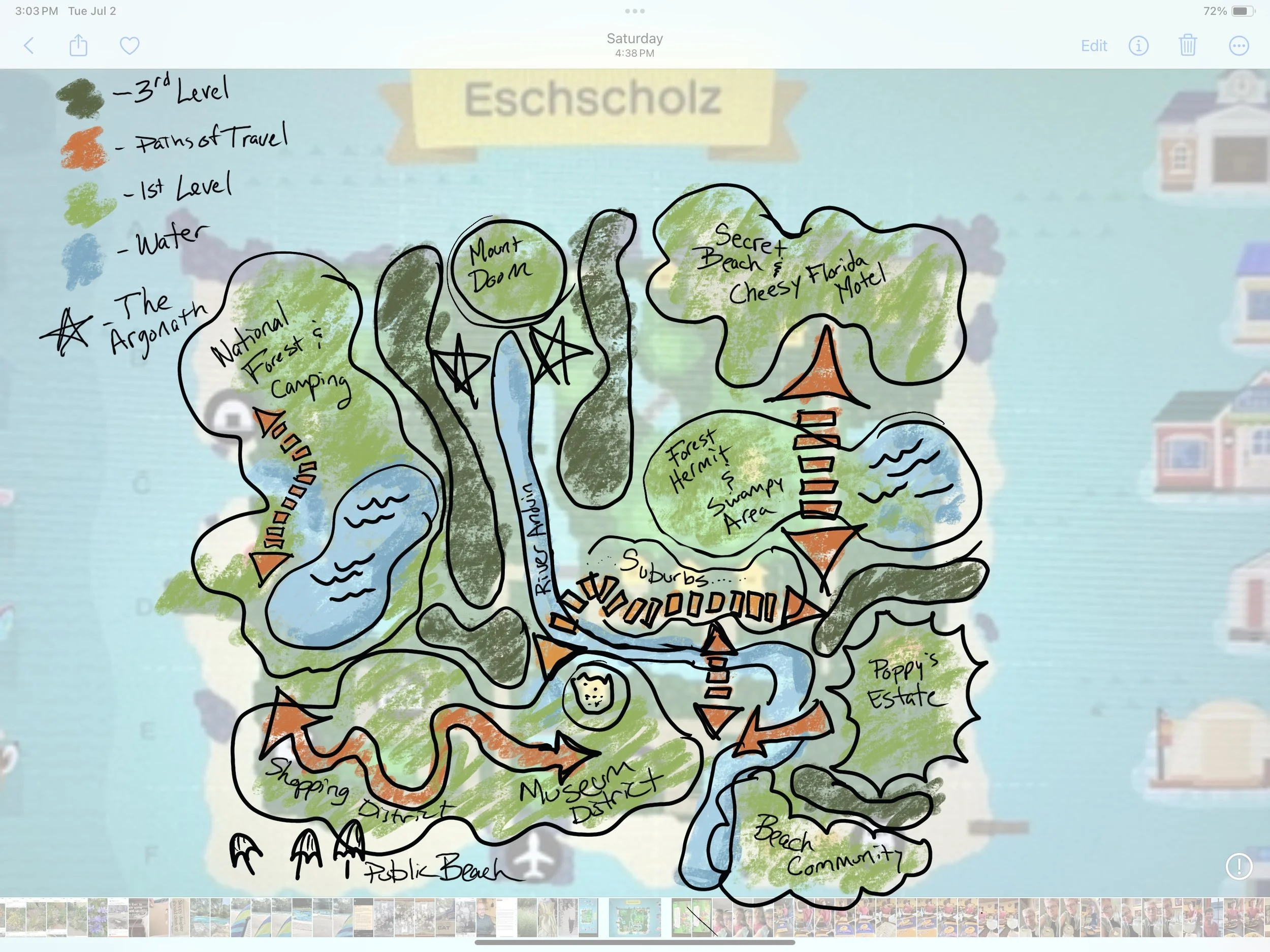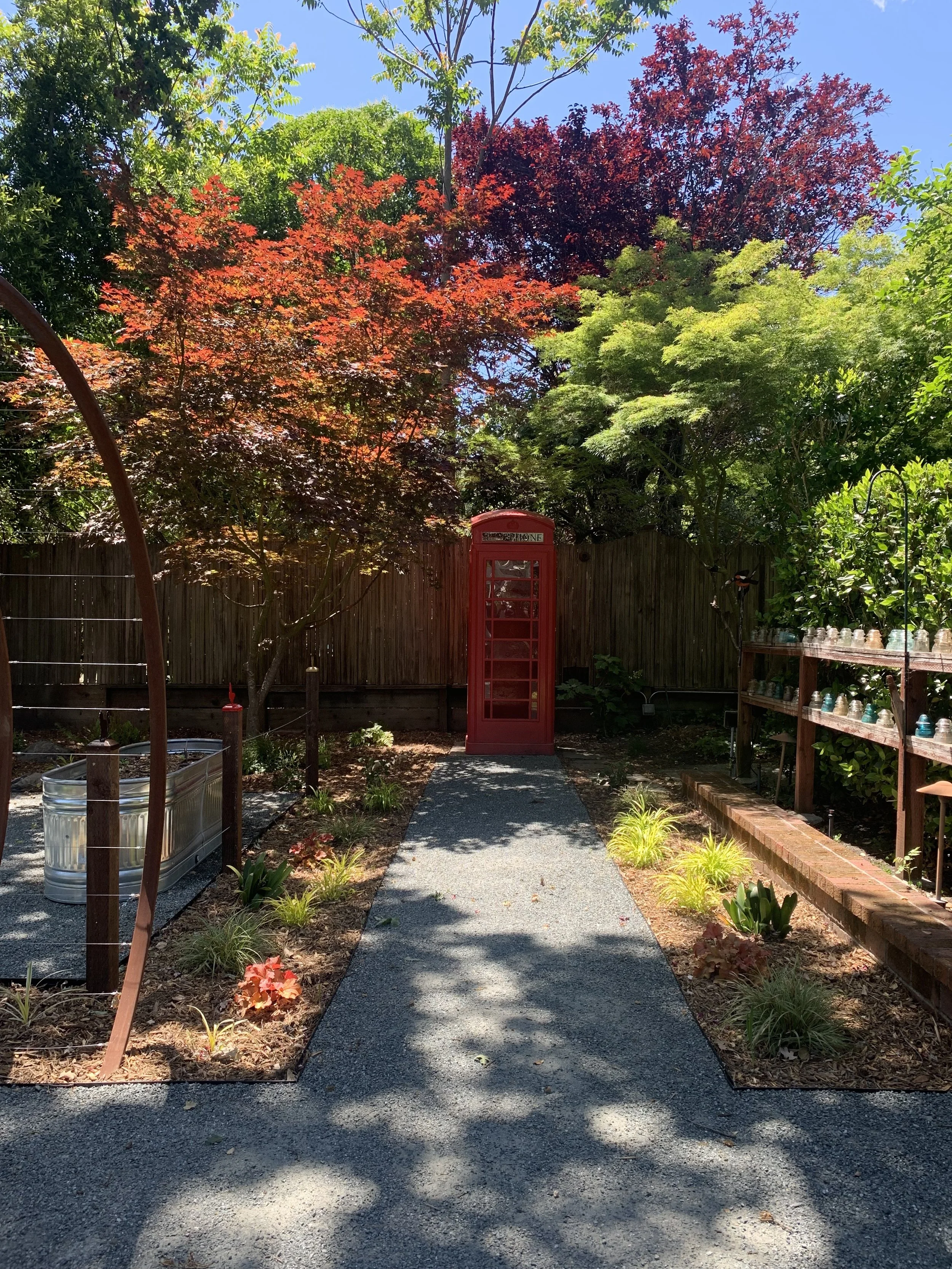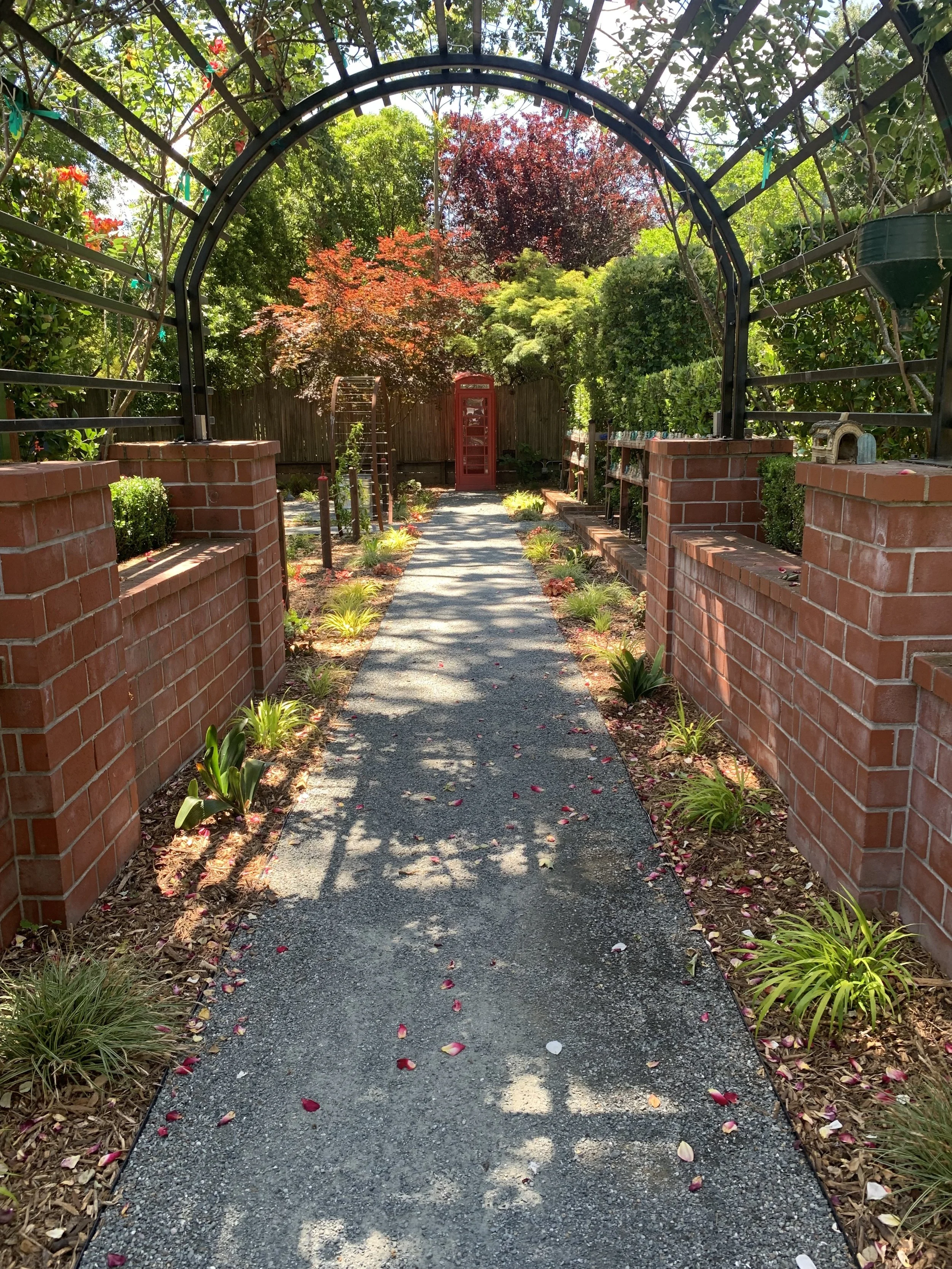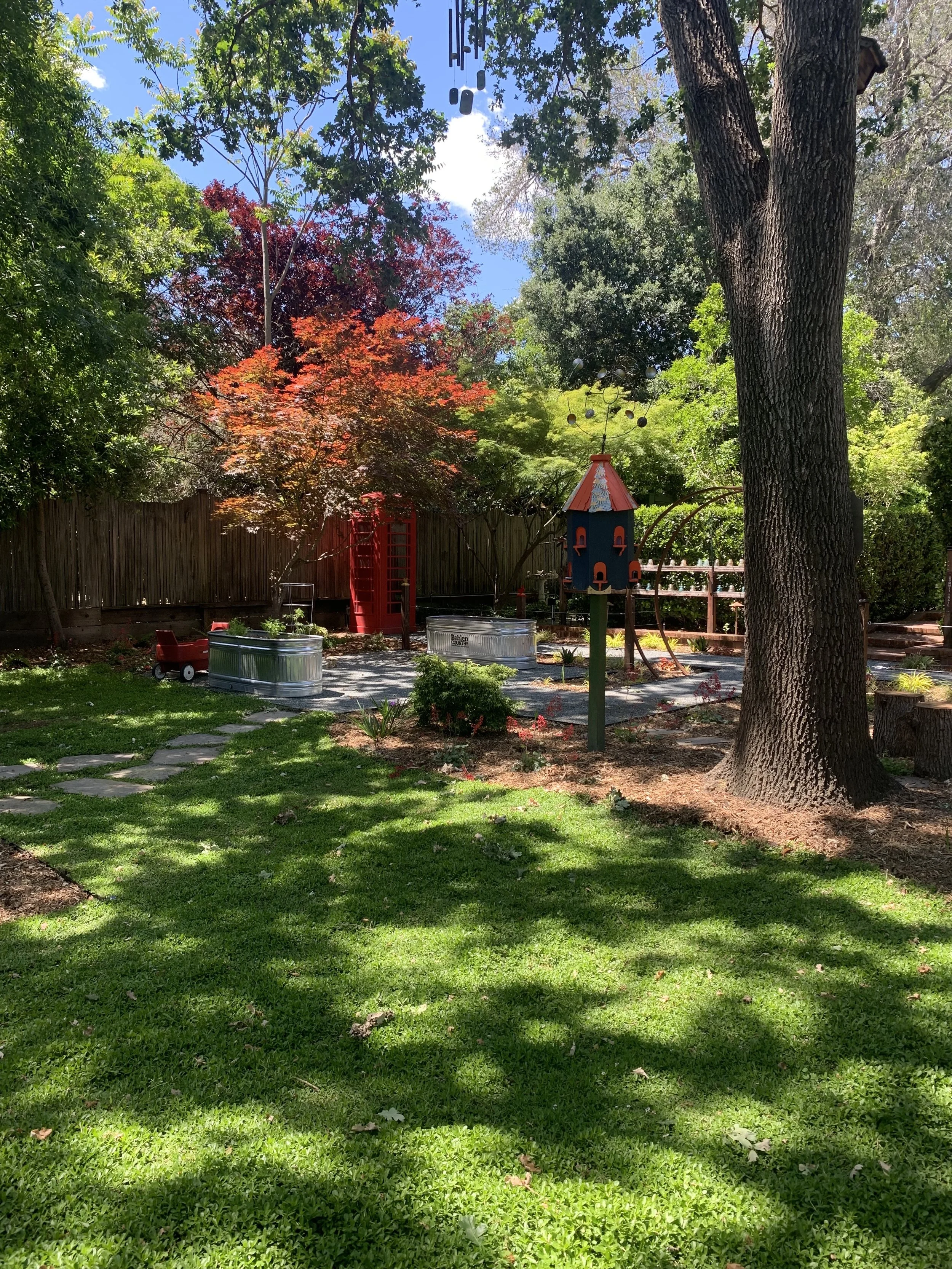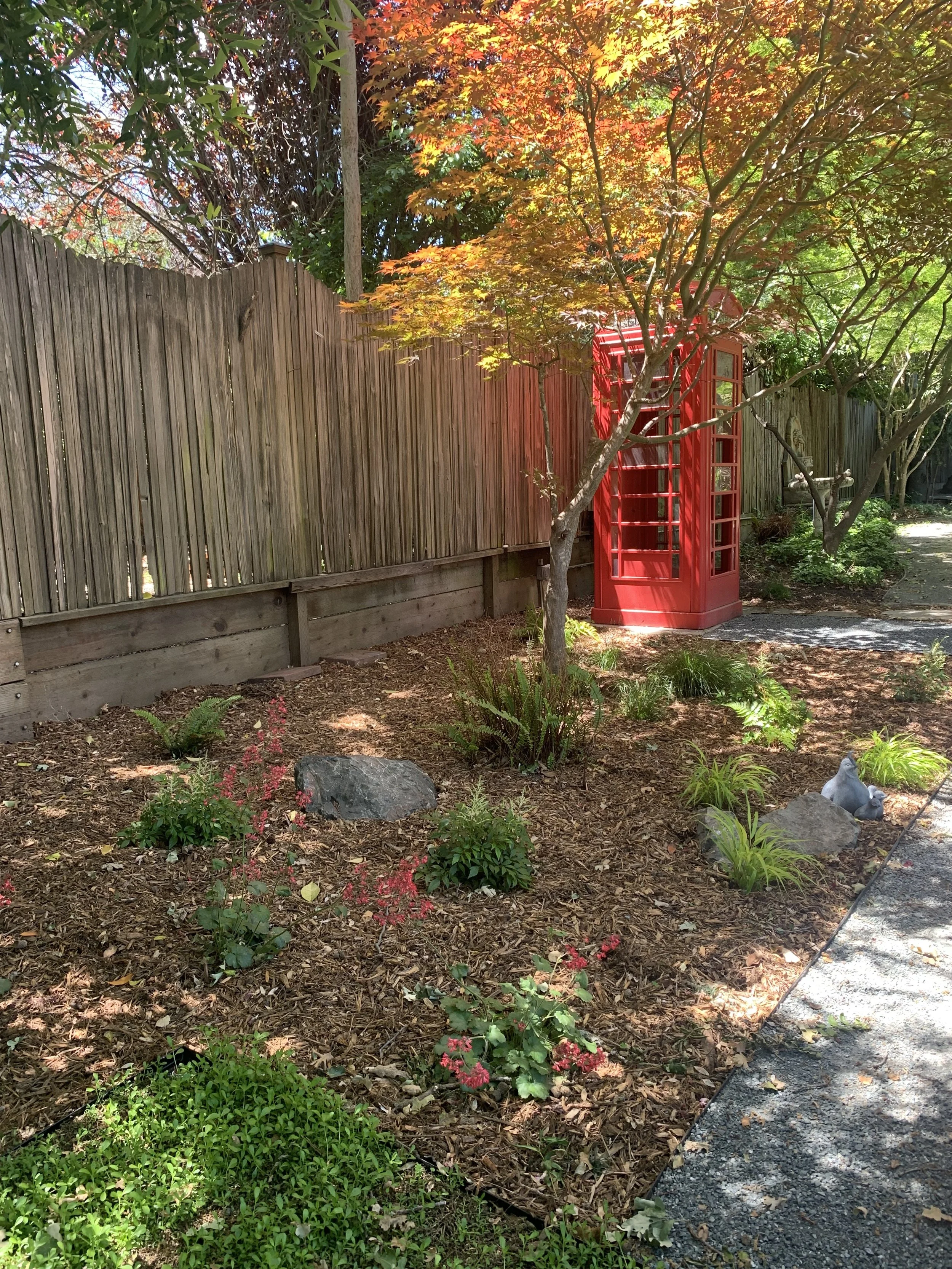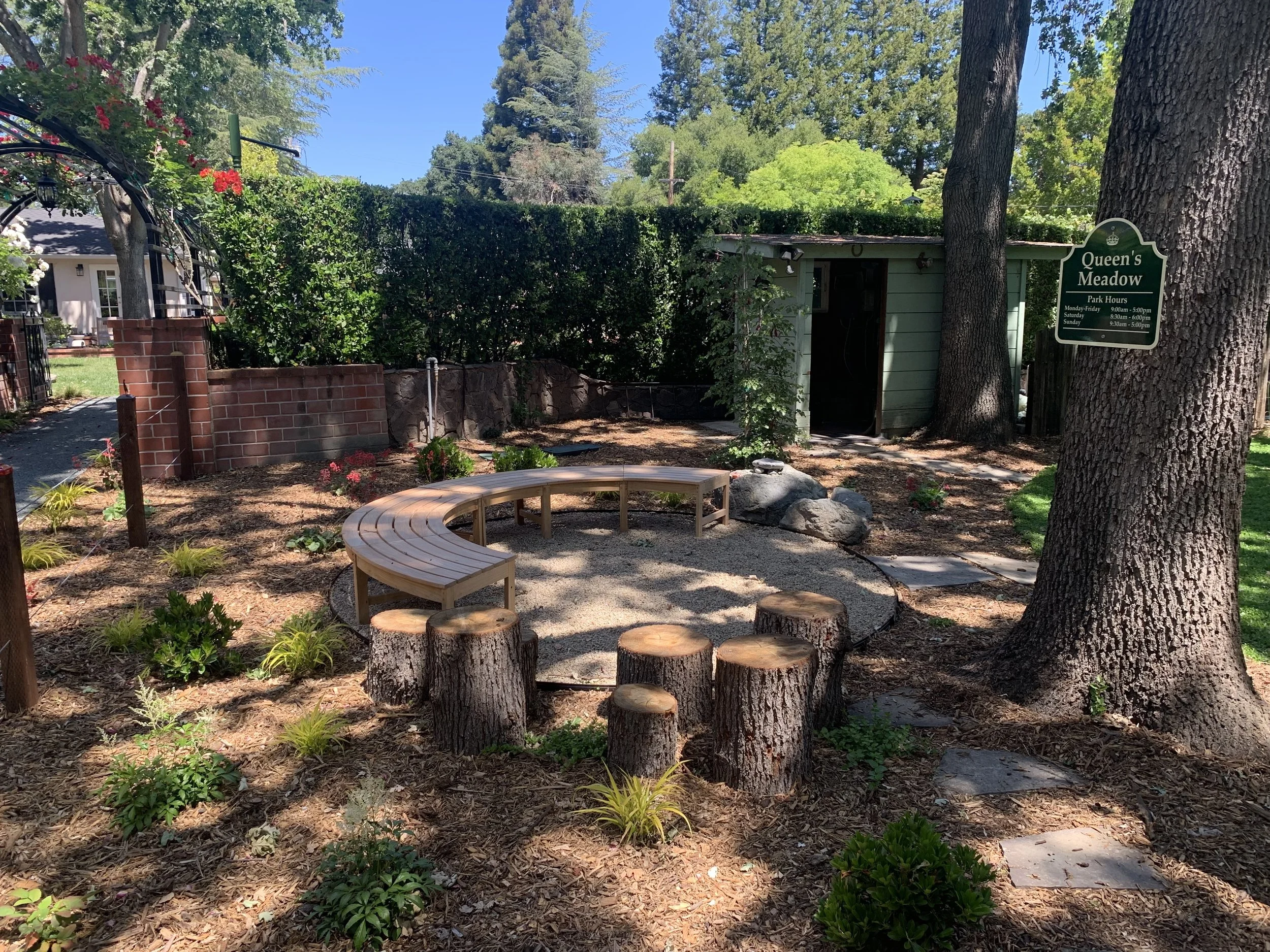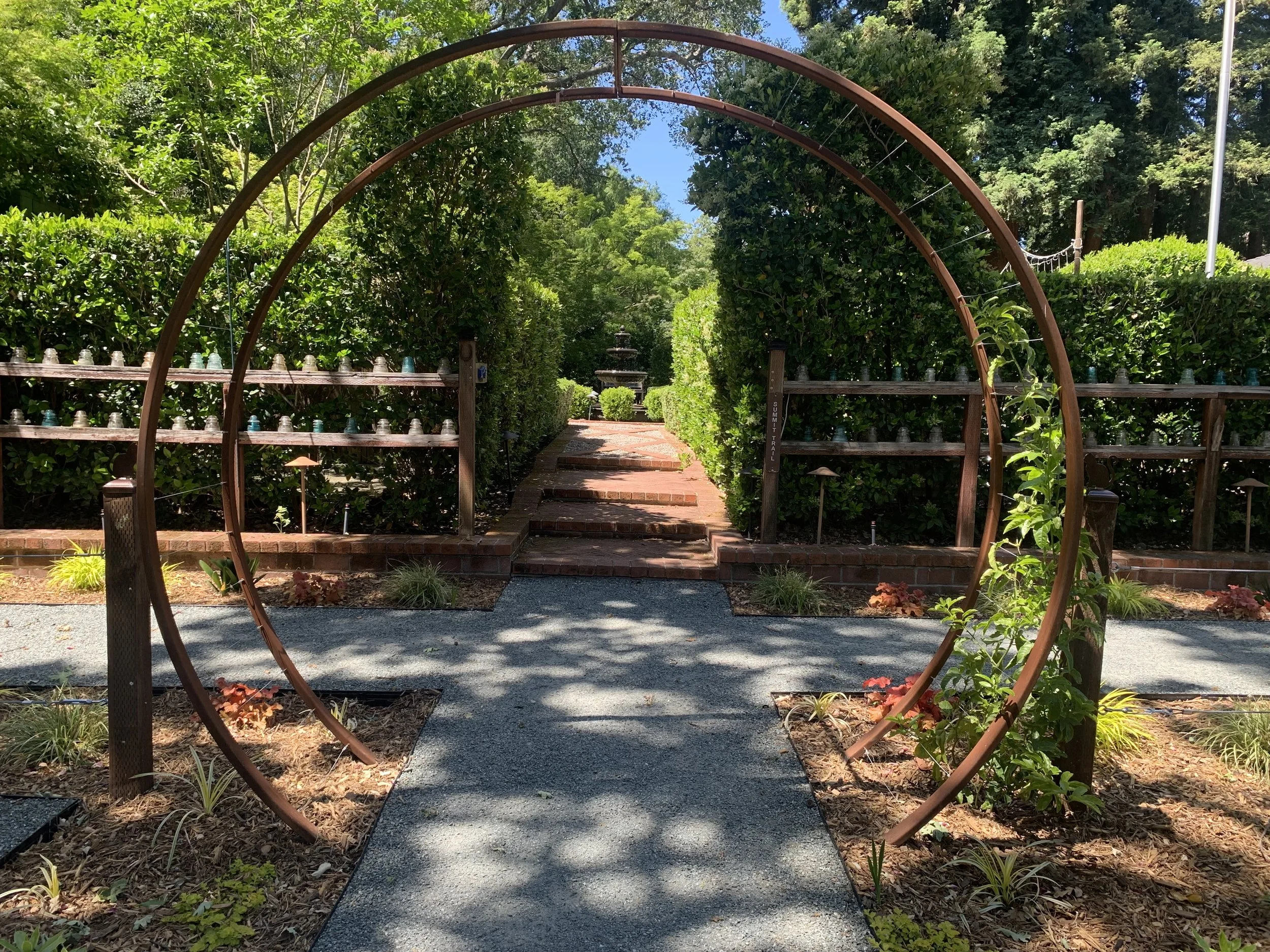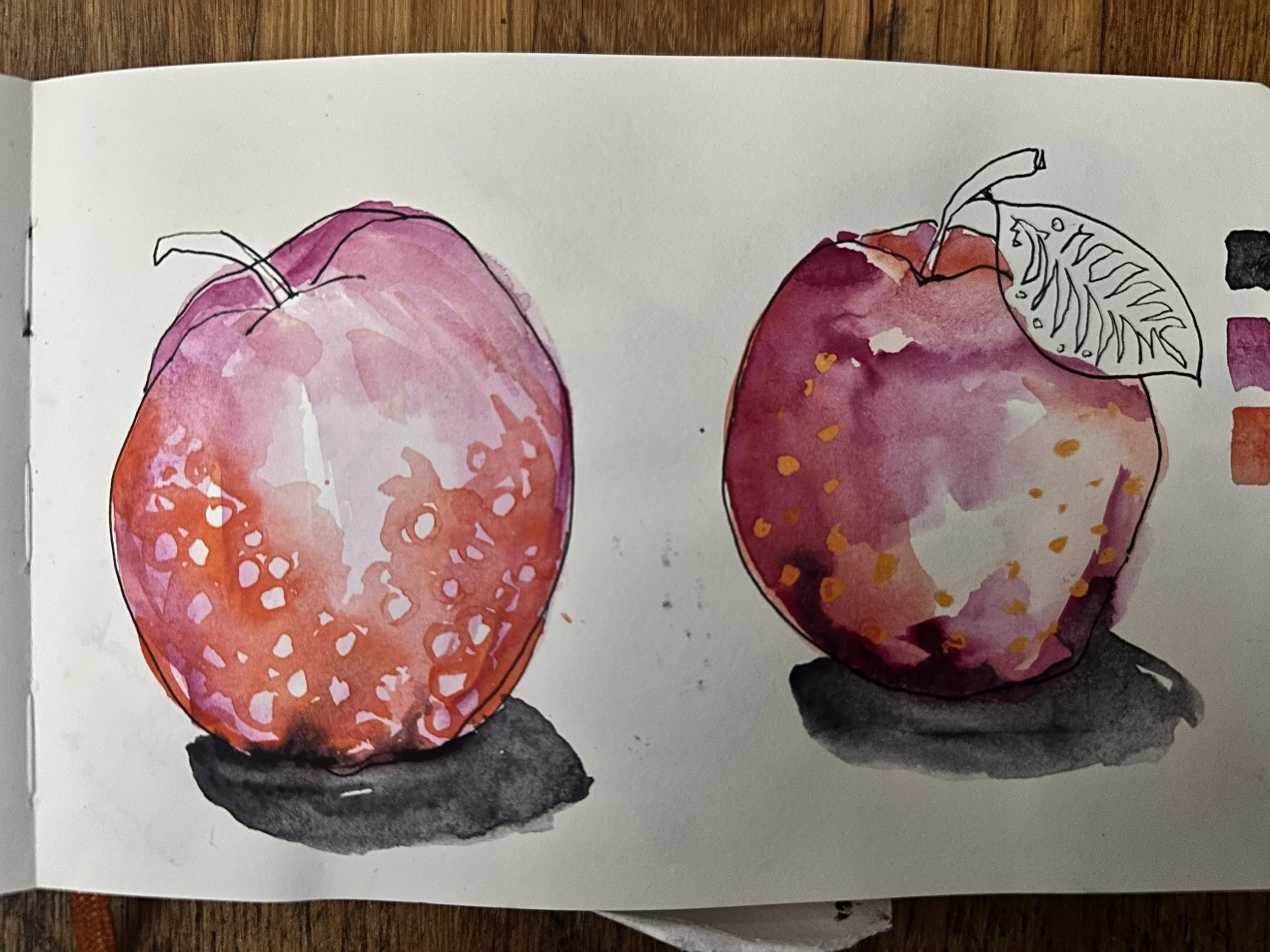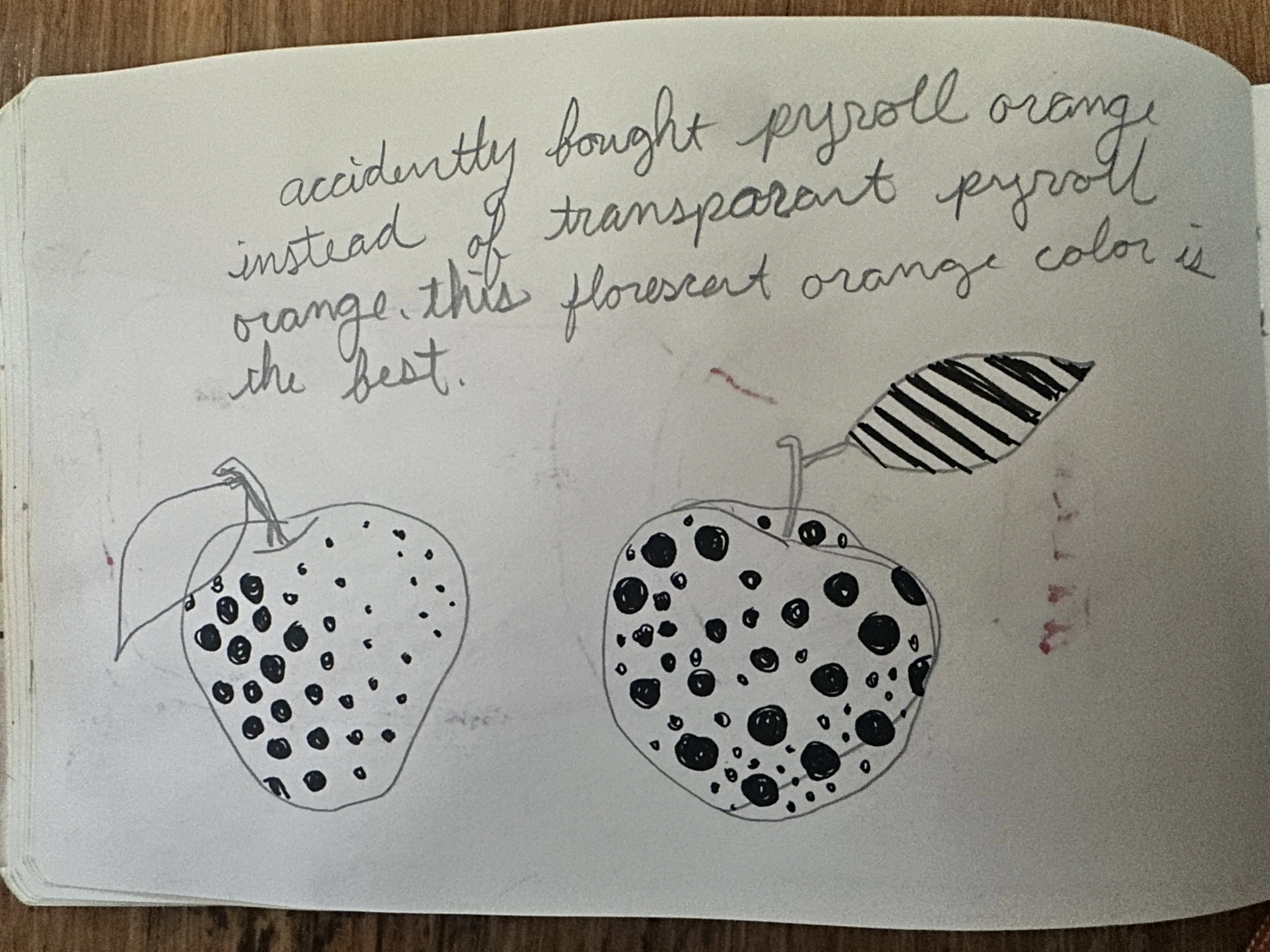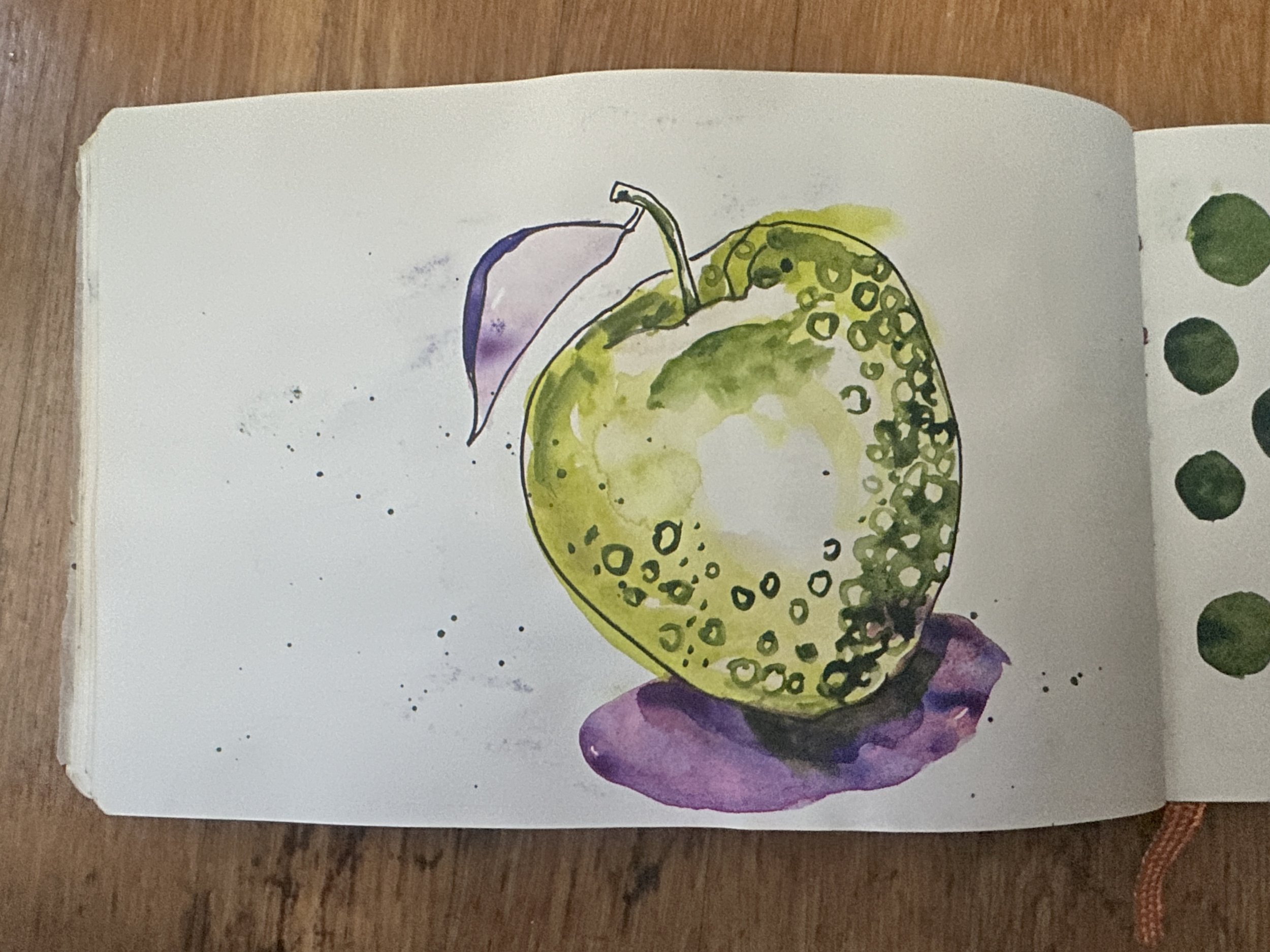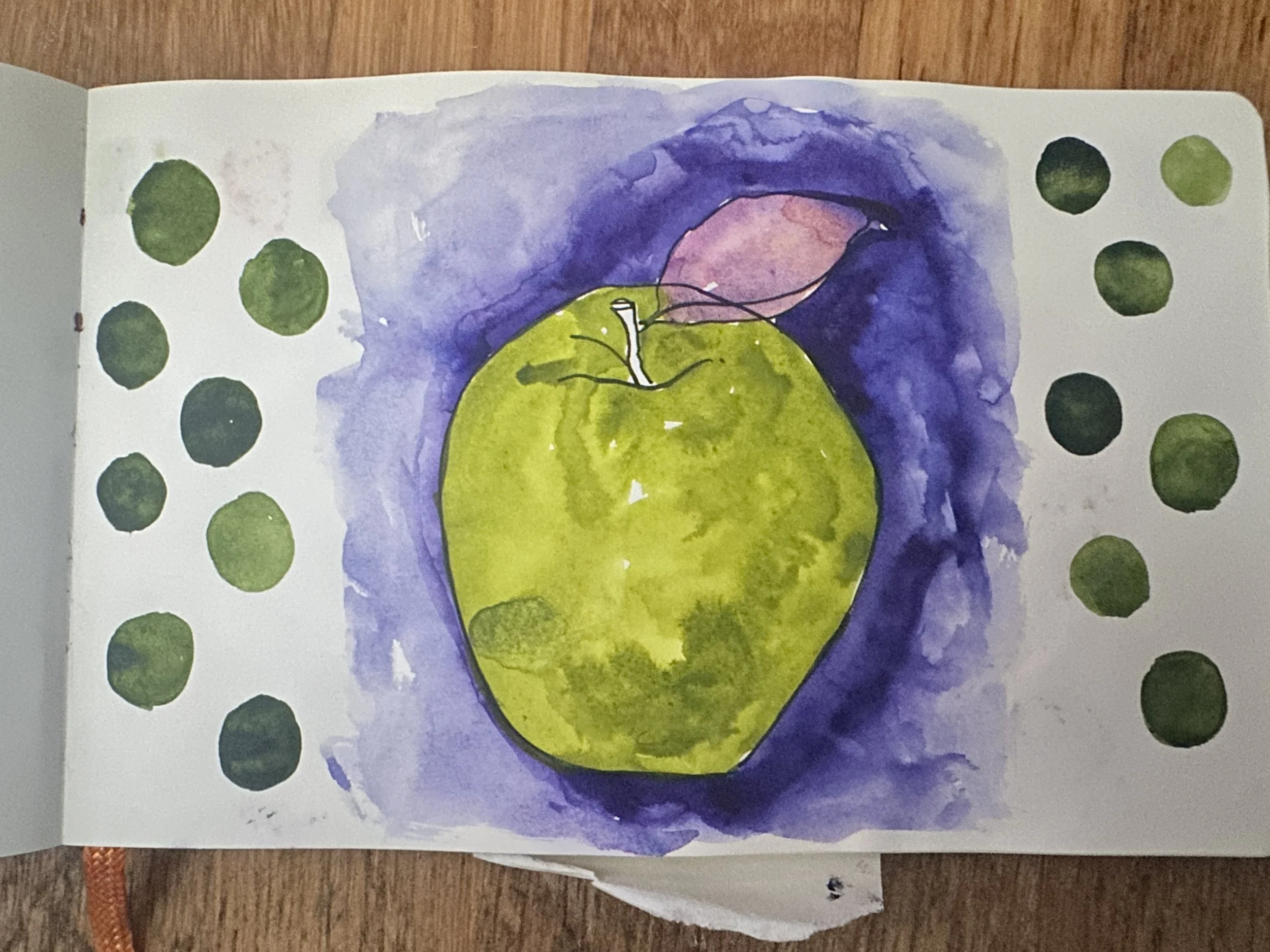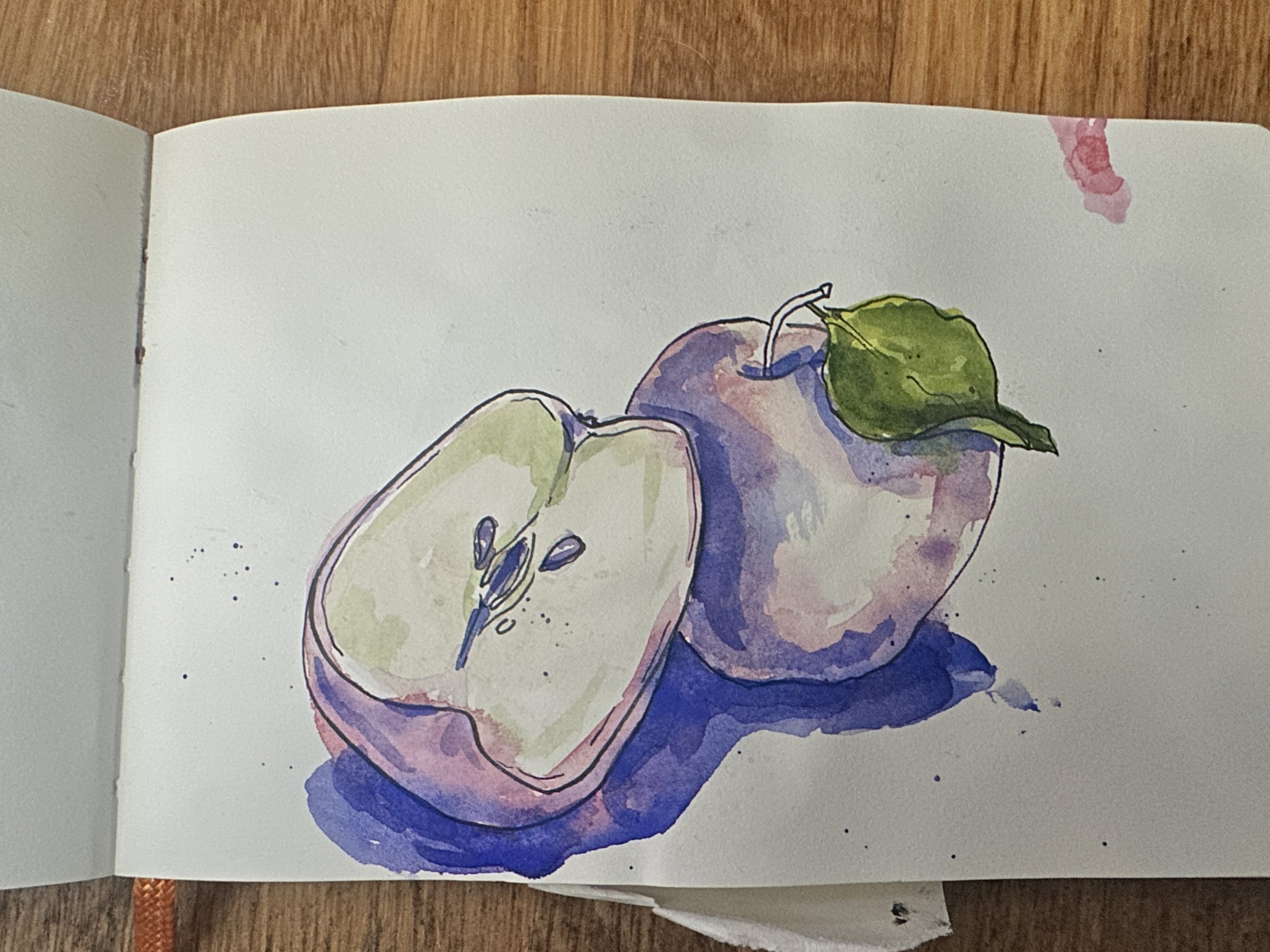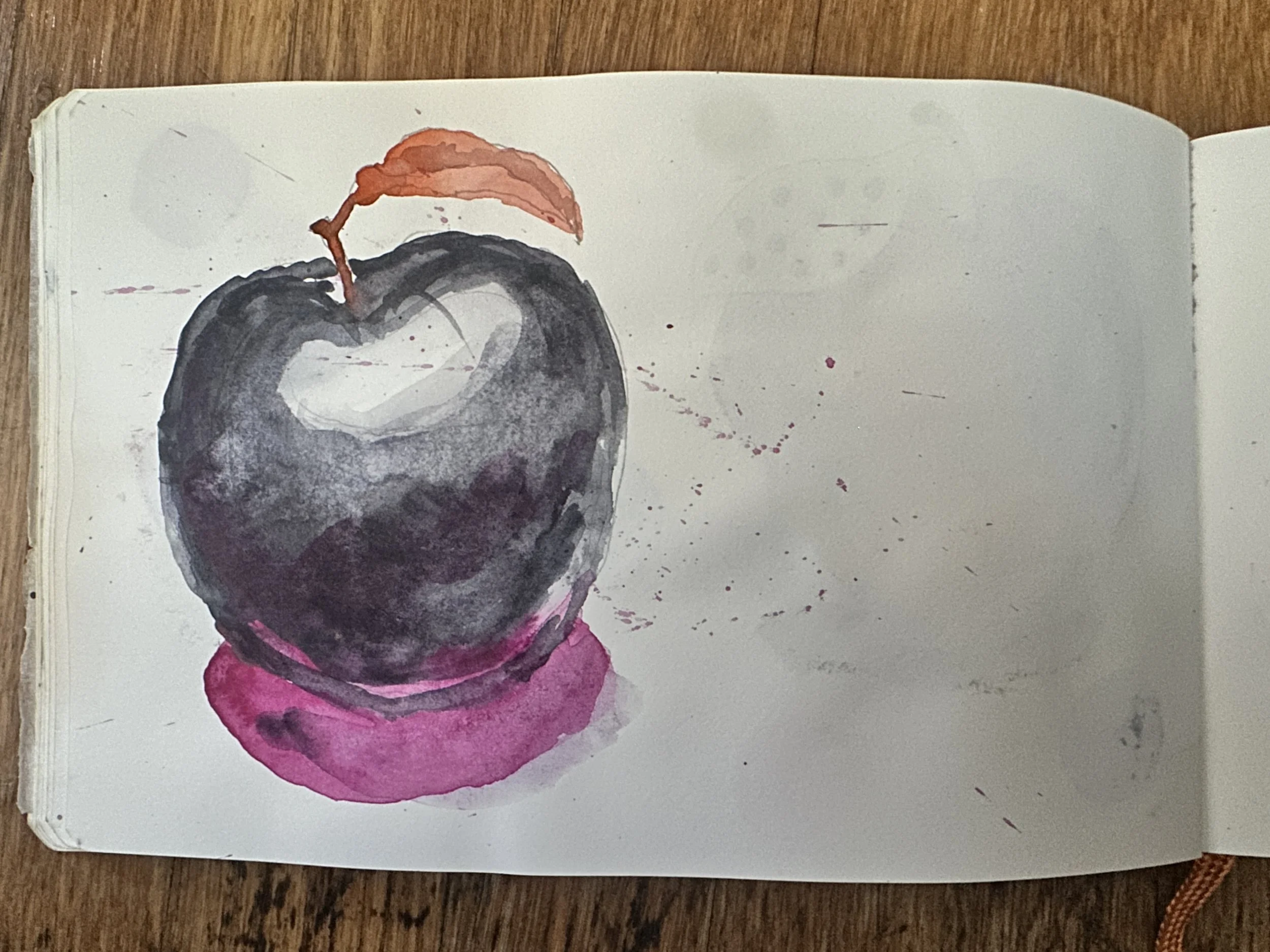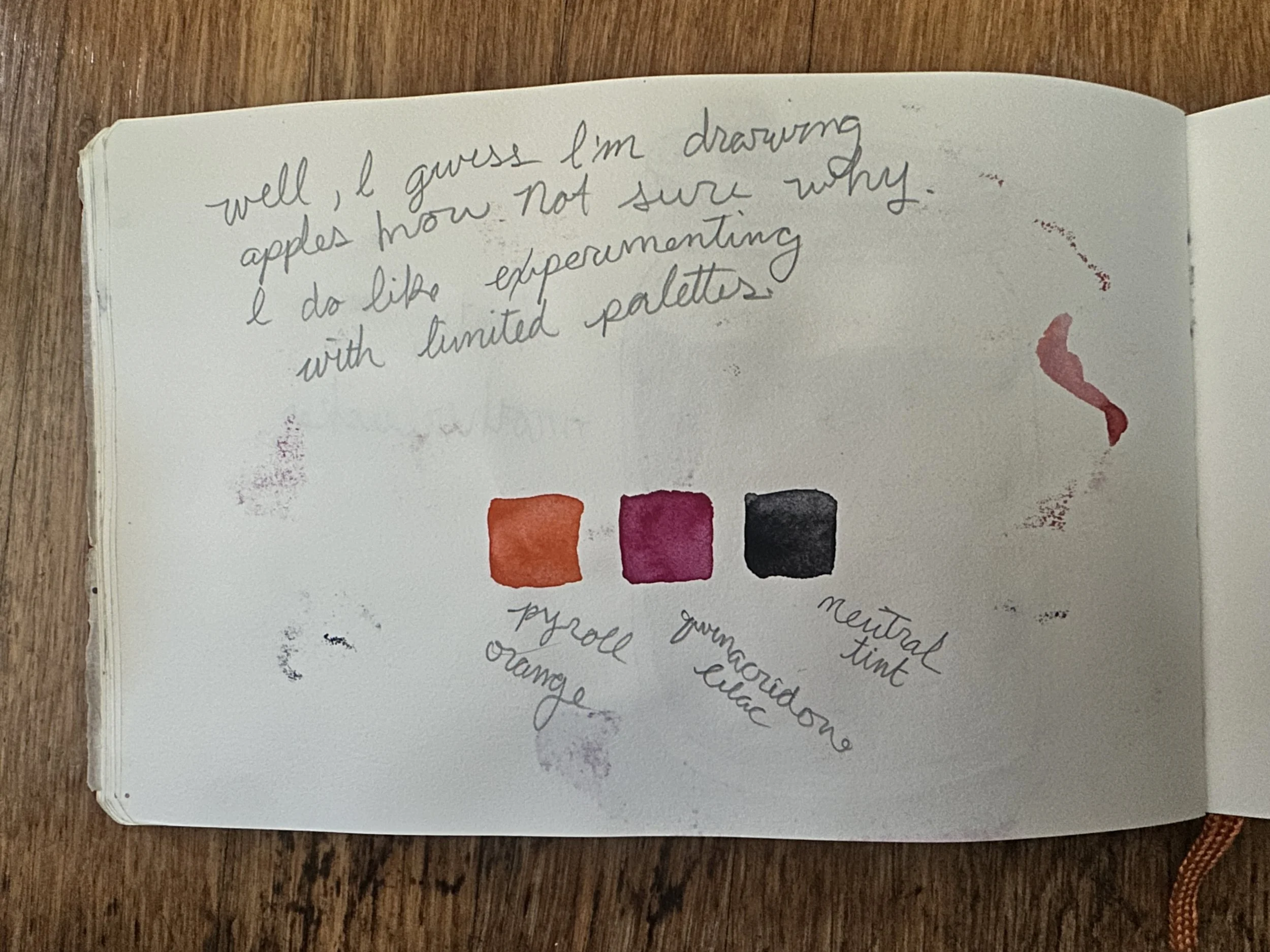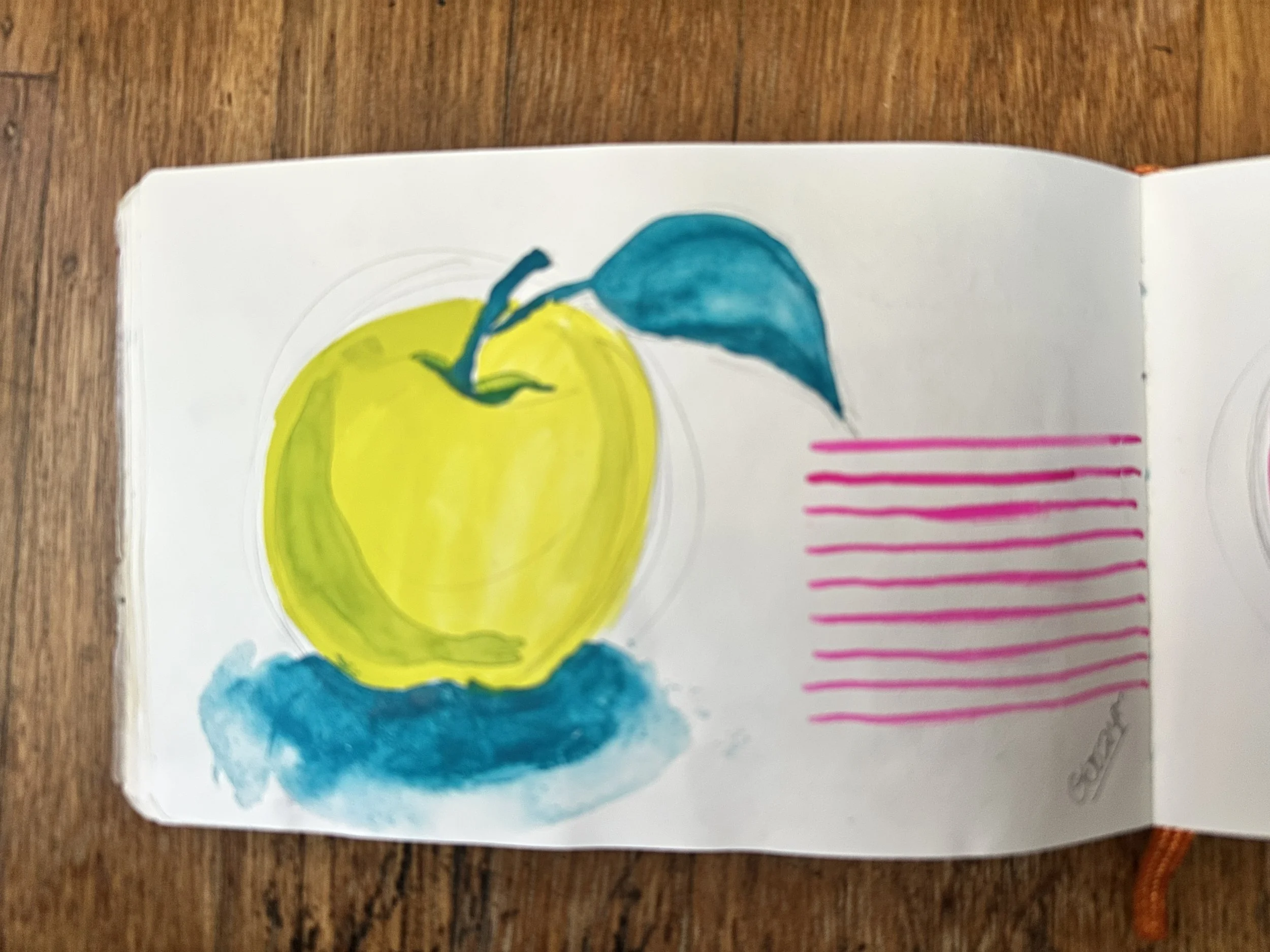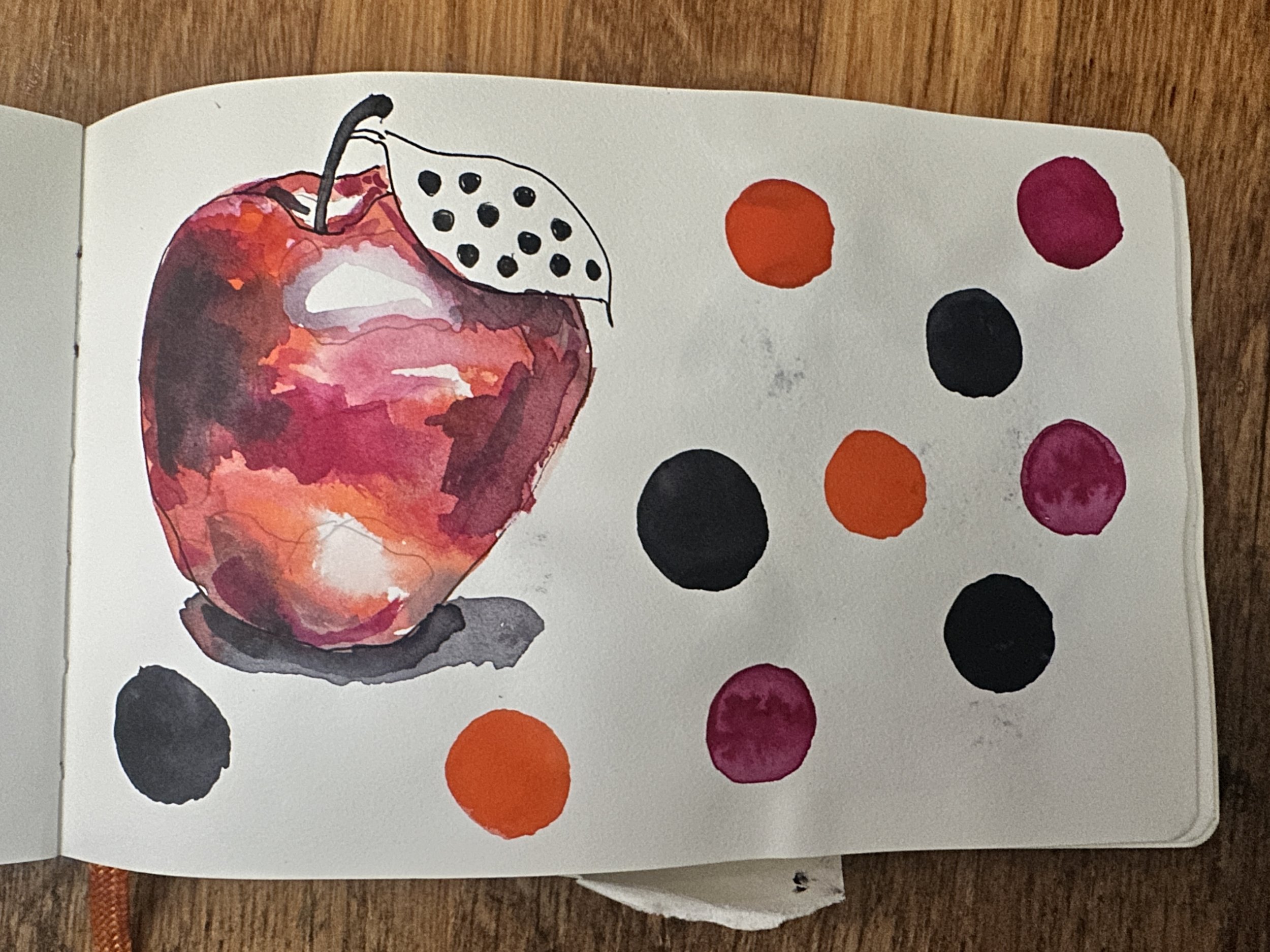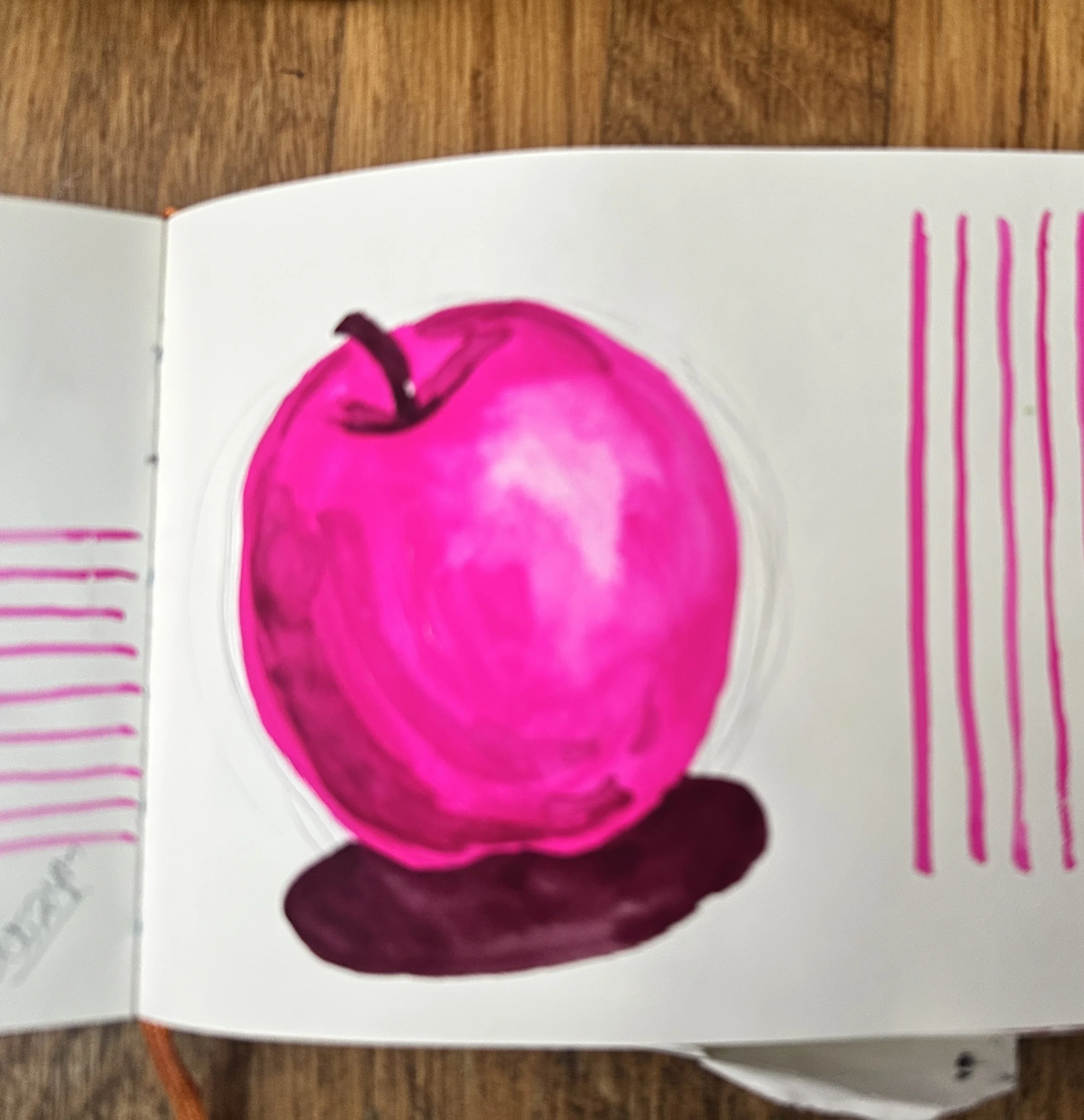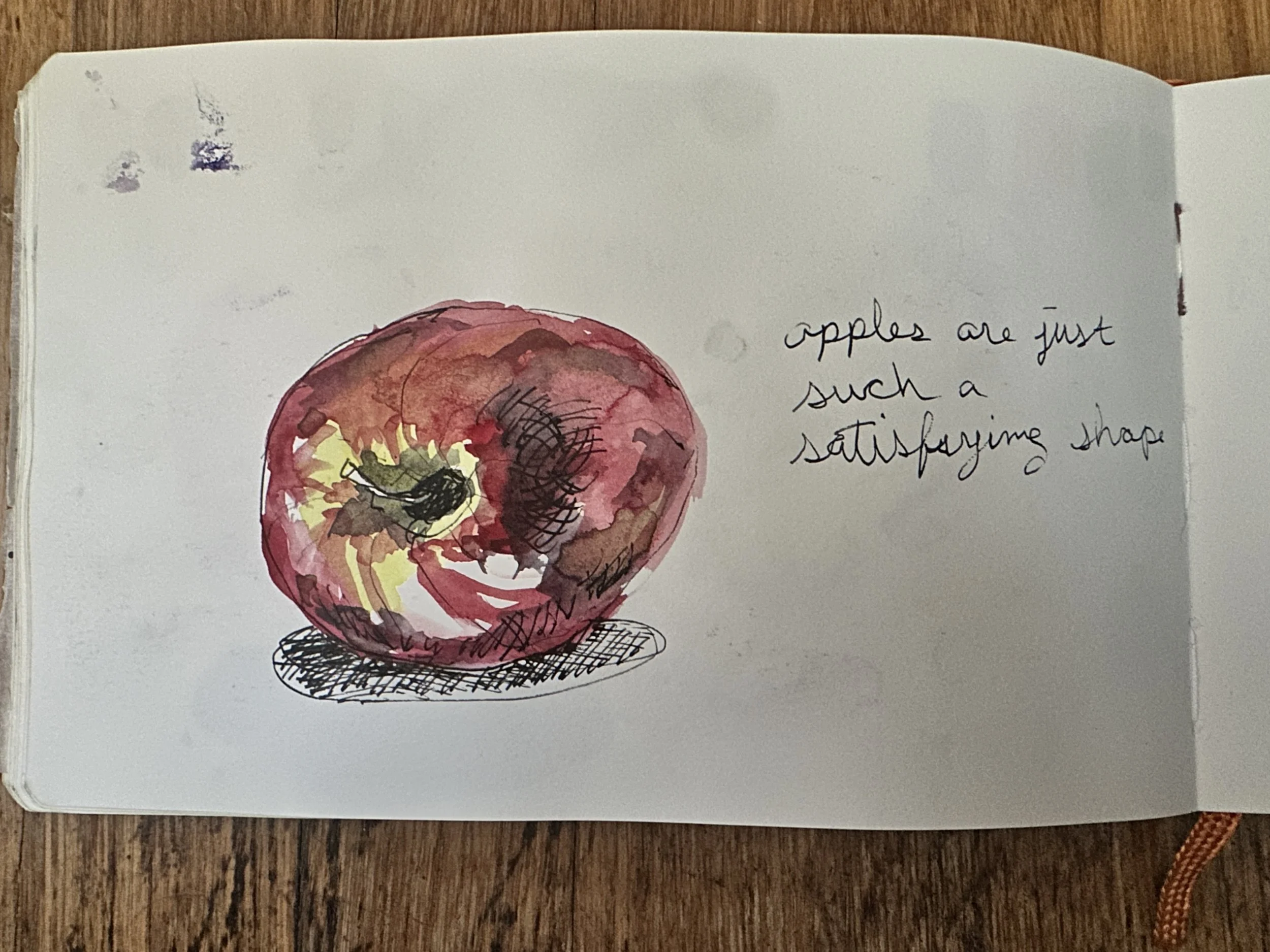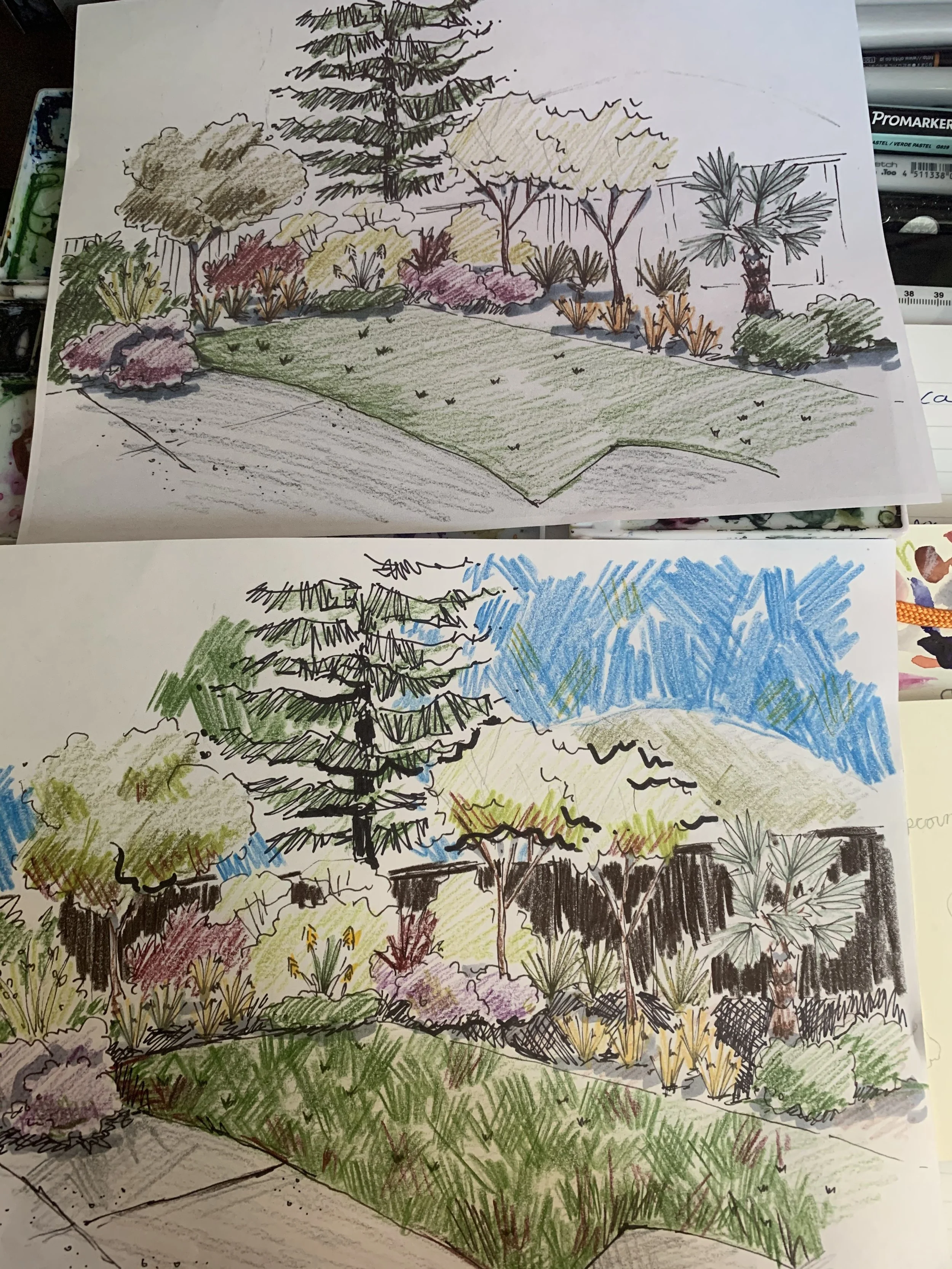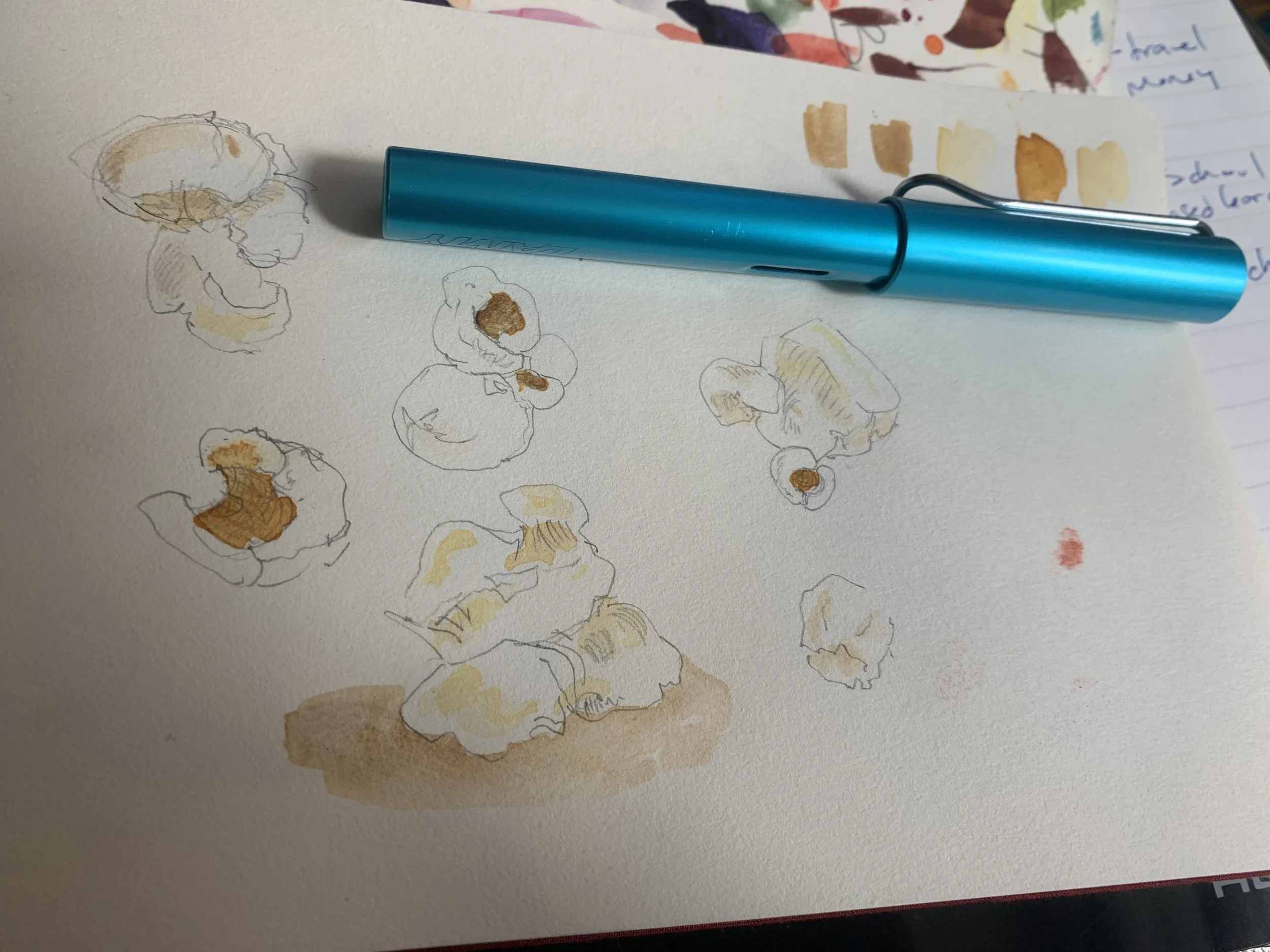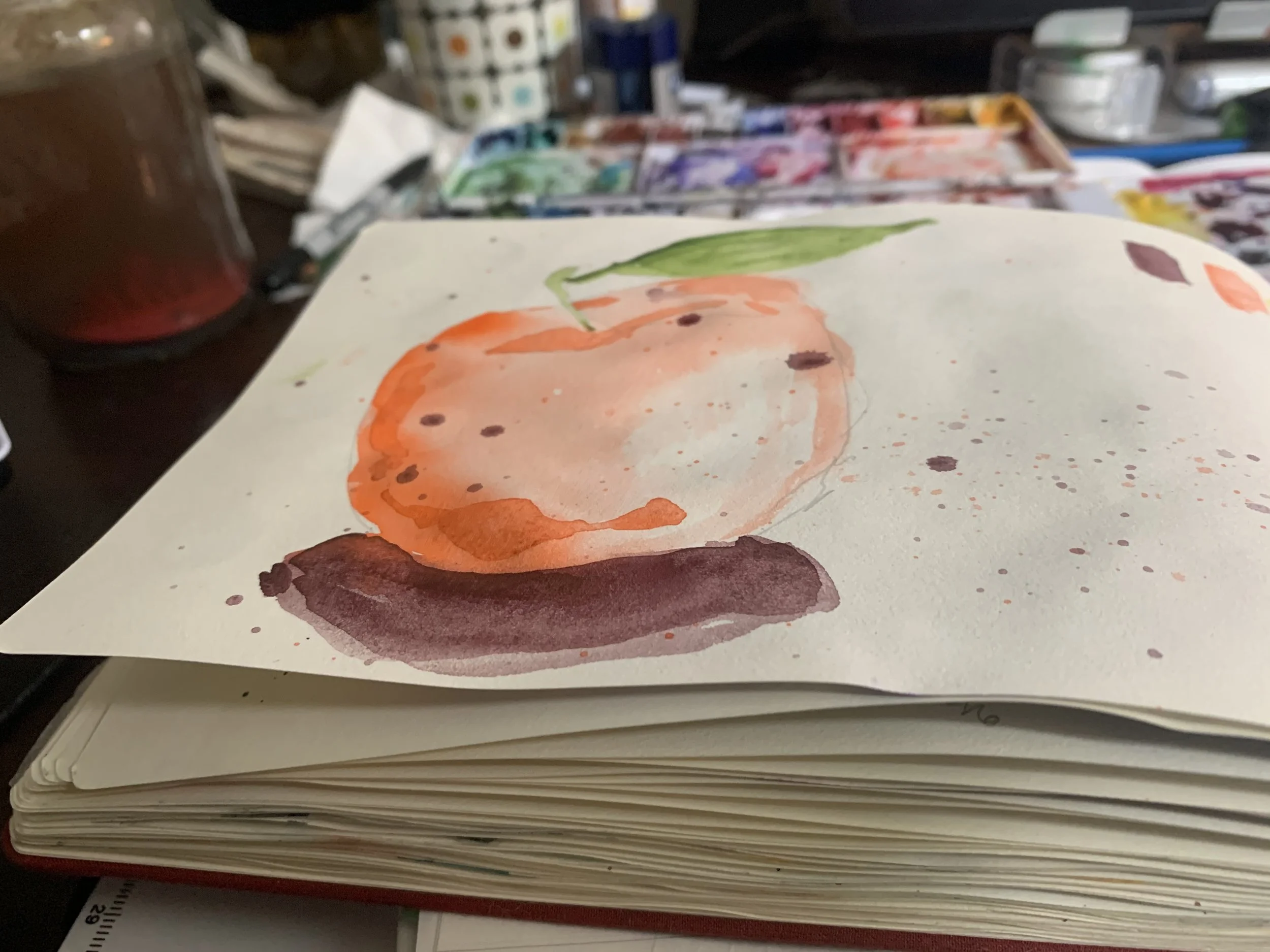When I tell people I am a garden designer, they often ask me what style of garden I design. The answer is usually that I design (to the best of my ability given a million variables) the garden that my client desires. The garden needs to work for the client! I know many designers prefer to design in one style or another, and so their portfolio reflects that, and then people wanting that style seek out that designer. I have not really reached that point and I probably never will.
I did name my business Wild Things, in part, because I love a wild and unruly garden with lots going on and colors and wildlife and fun garden elements and nooks to explore. That kind of garden is great but not always practical. I ALSO love designing super modern gardens with clean lines and architectural plants just as well.
A lot of what I love about designing residential gardens is the space planning aspect of it. I spend an inordinate amount of time imagining what my clients might want to do in the garden, how they will move about in the garden, what will happen at different seasons, what they say they want/need vs. what I think they might actually want/need, etc. Of course, I'm just imagining all this, and what I really need is for the client to be as articulate as possible about THEIR OWN garden imaginings.
There is a business plan activity that I have encountered several times now that wants you to describe your perfect client. One of the items on my list is a client that is really engaged and curious about the possibilities. They will have a Pinterest or Houzz board with ideas, they will have memories of gardens from their childhood, and they will have some practical views on what they and their landscape can manage.
It's actually a tall order. If someone has never designed a landscape, it might be hard for them to come up with all of these ideas. That's why Pinterest and Houzz are actually such good resources for folks. Just diving in and getting a feel for what might be possible and what you find visually intriguing is a great start. I do often have to sit down with clients and dive into WHAT about a picture they are drawn to. Is it a specific plant, the style, a color combination, etc.
So the job of figuring all this out is really what draws me to this vocation. I do, of course, love plants, but plants come much later in the design process.
I was thinking the other day about how I played as a child. And I basically sat around in my room with my dollhouse decorating it and redecorating it. I had a million of those glass or ceramic animals you could buy at the Hallmark store (there was one just outside my neighborhood), and they were the inhabitants of my dollhouse. Mainly because I thought most human dolls were creepy. So, that's a lot like what I do now. LOL.

